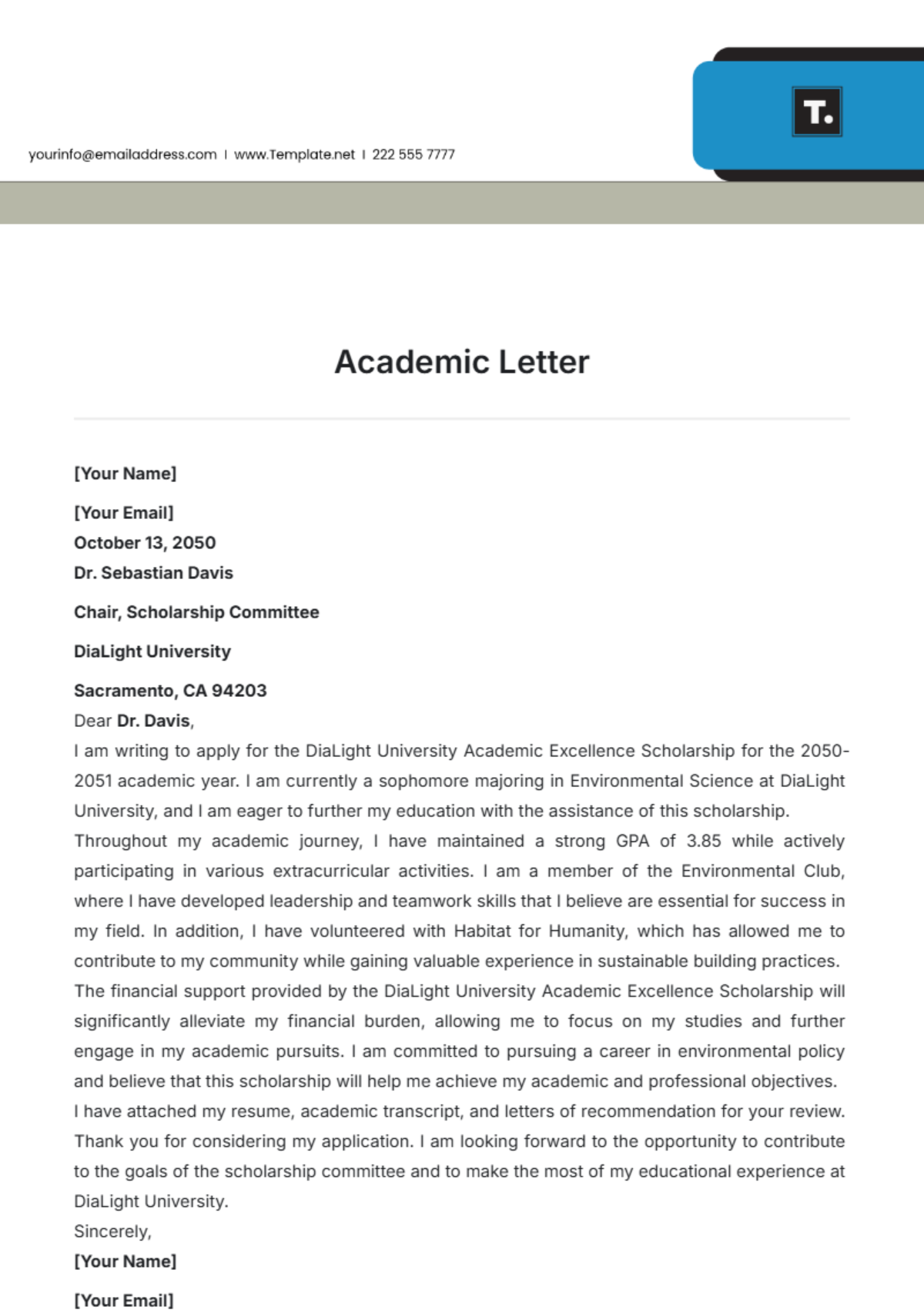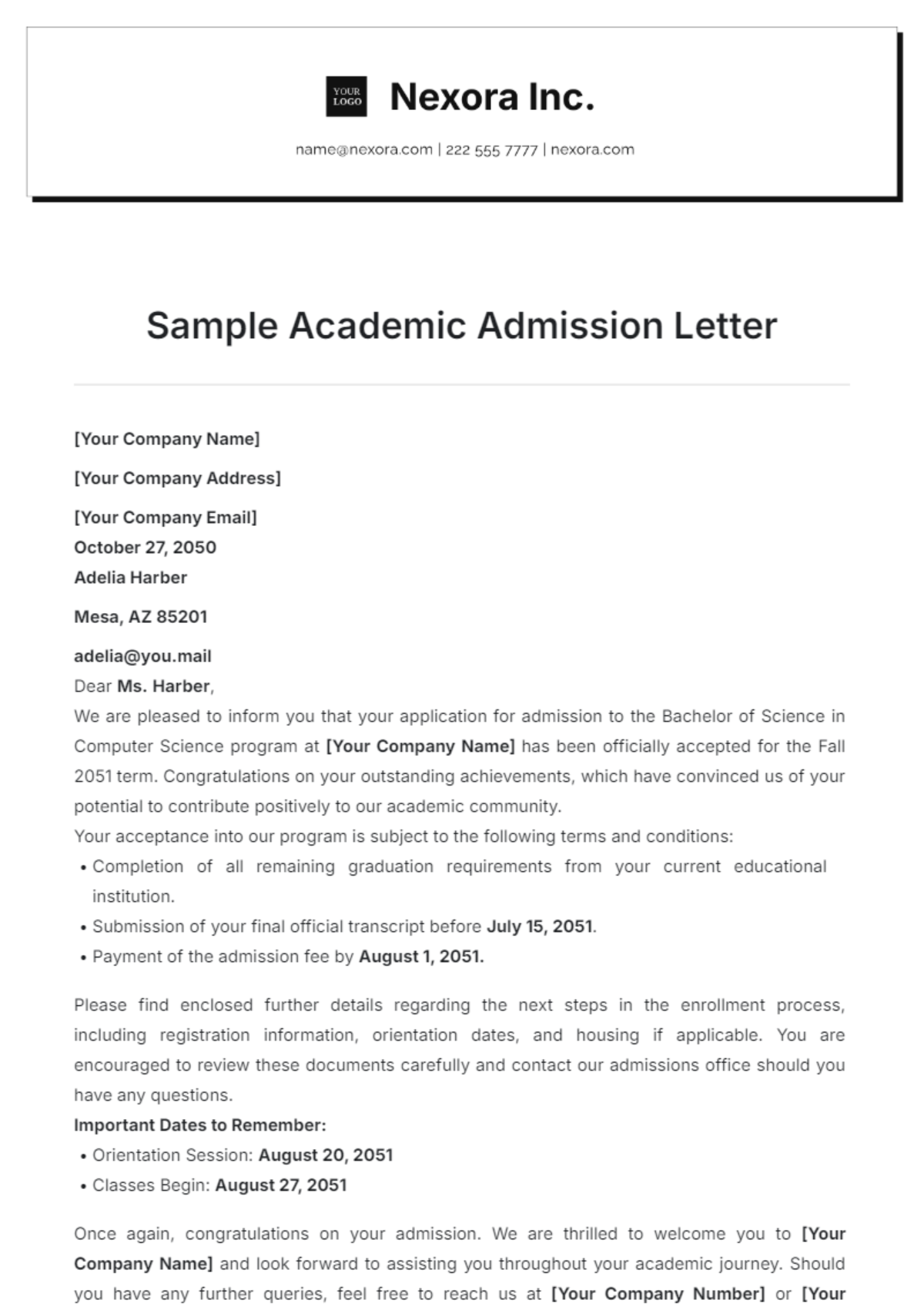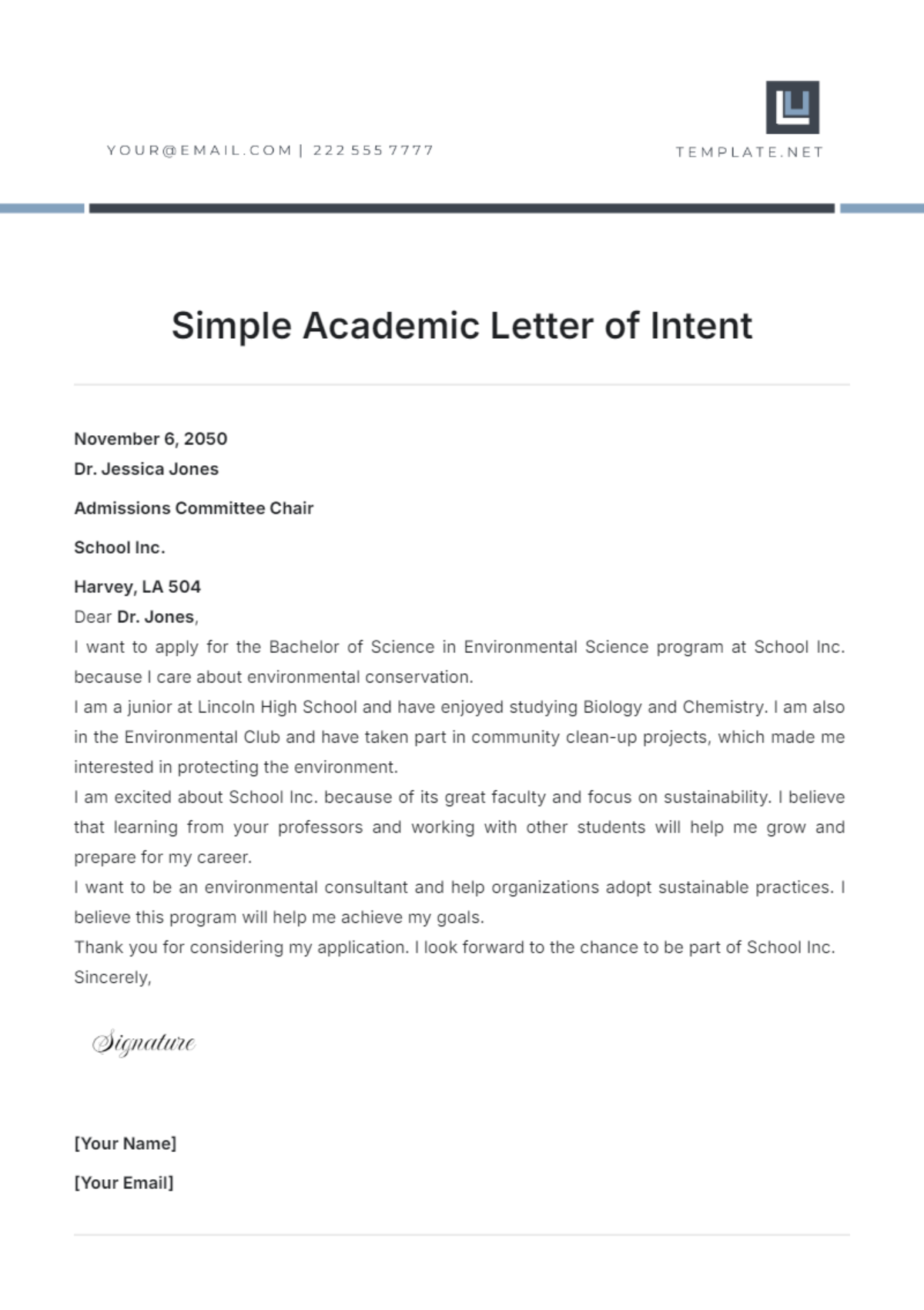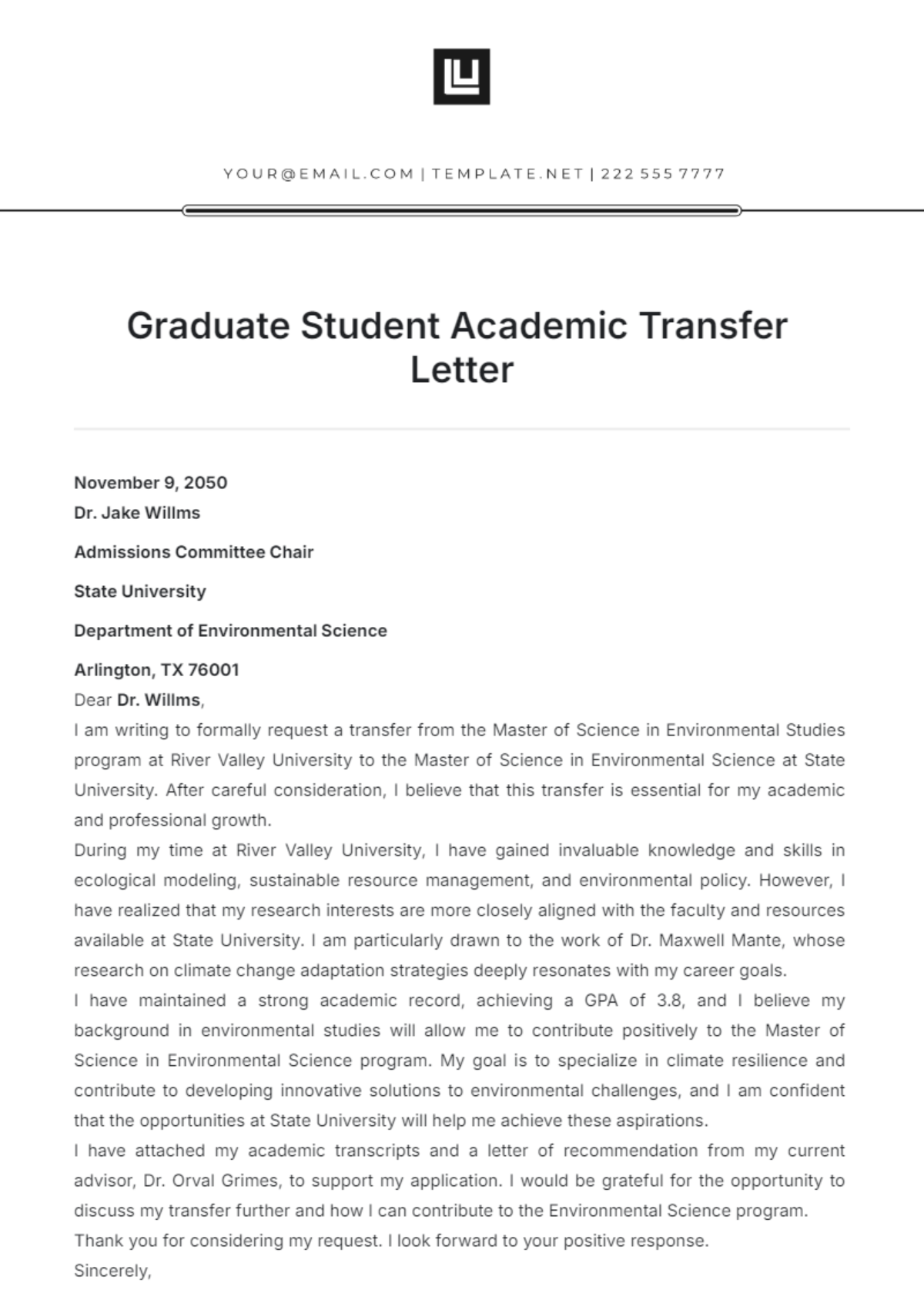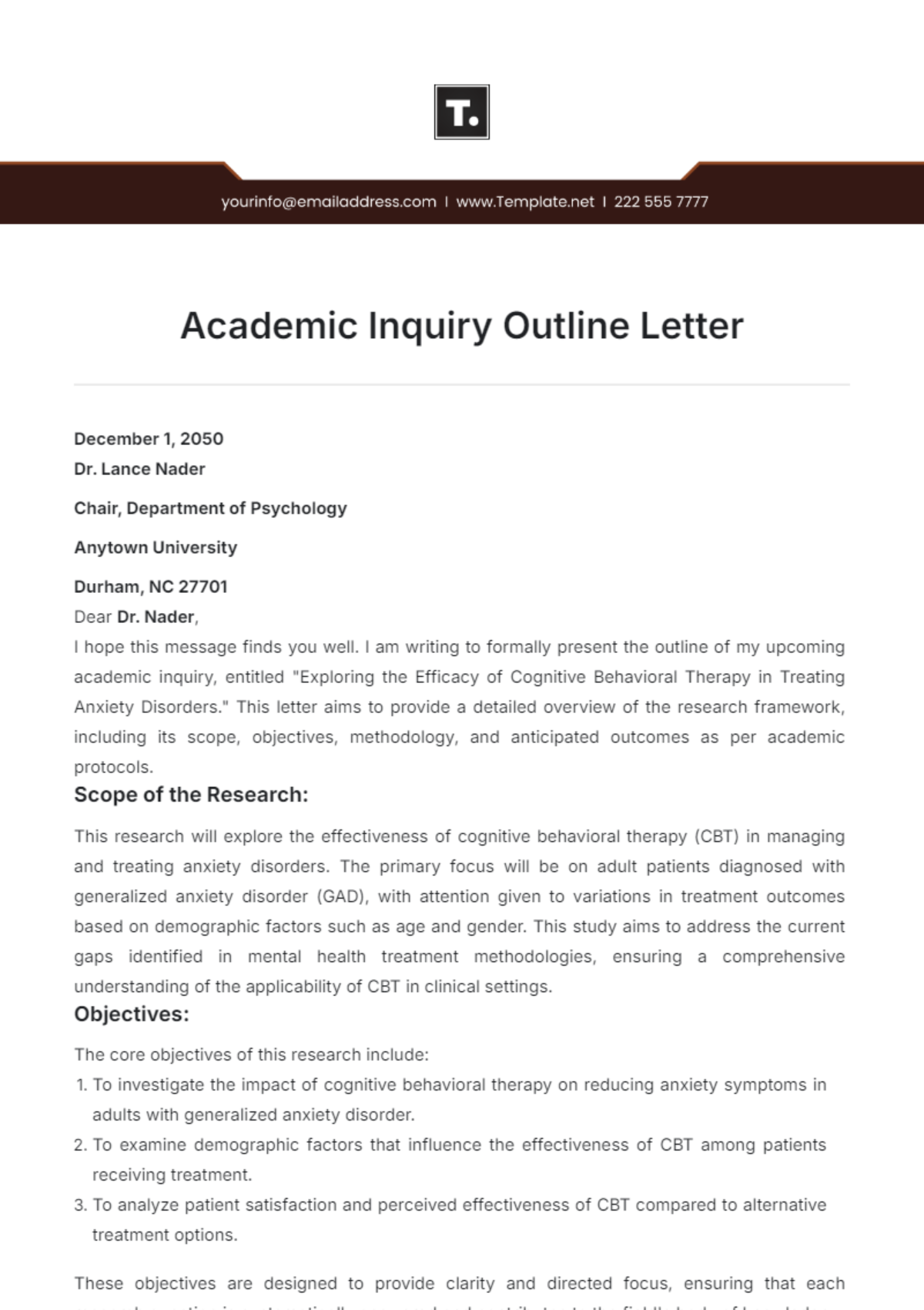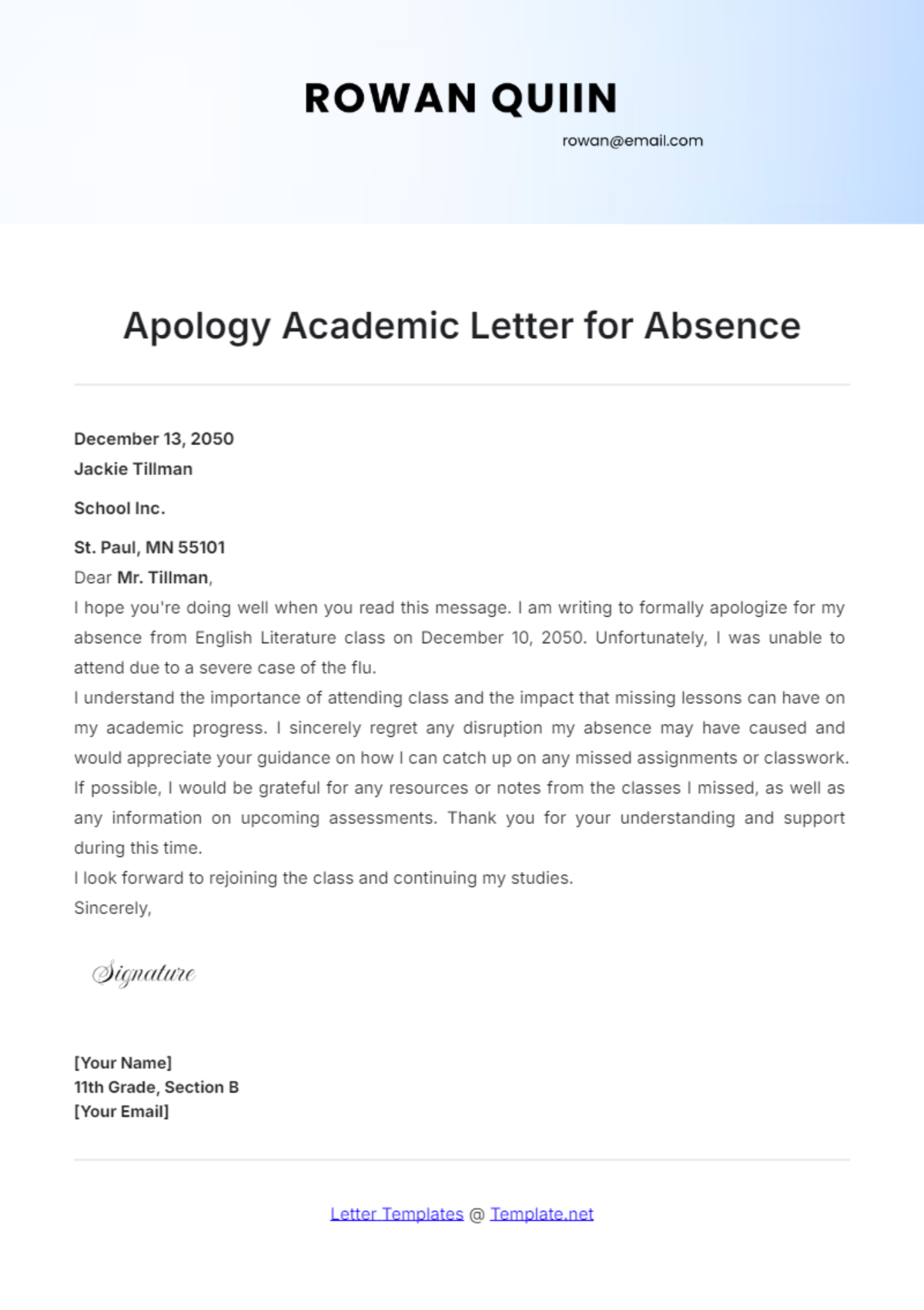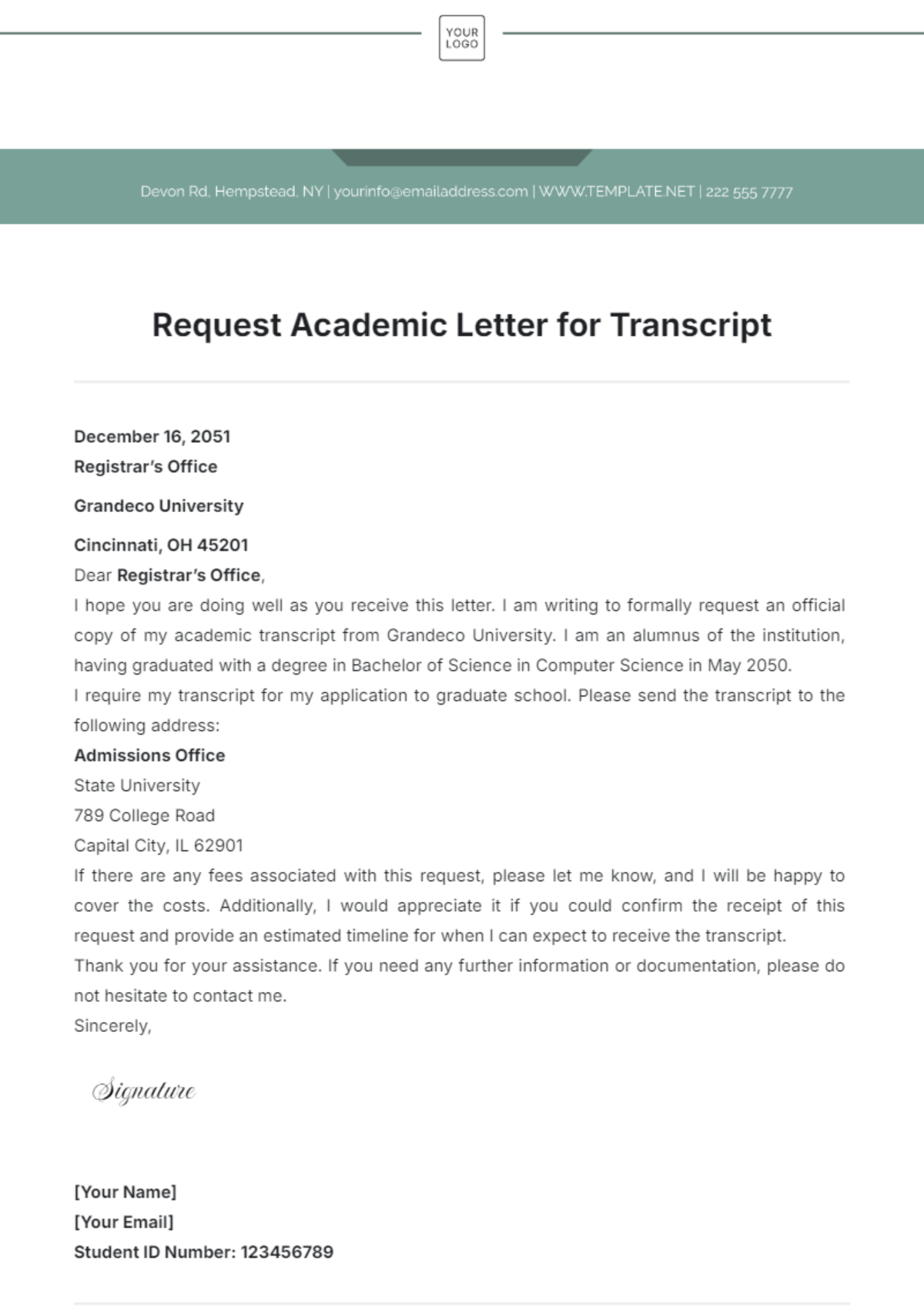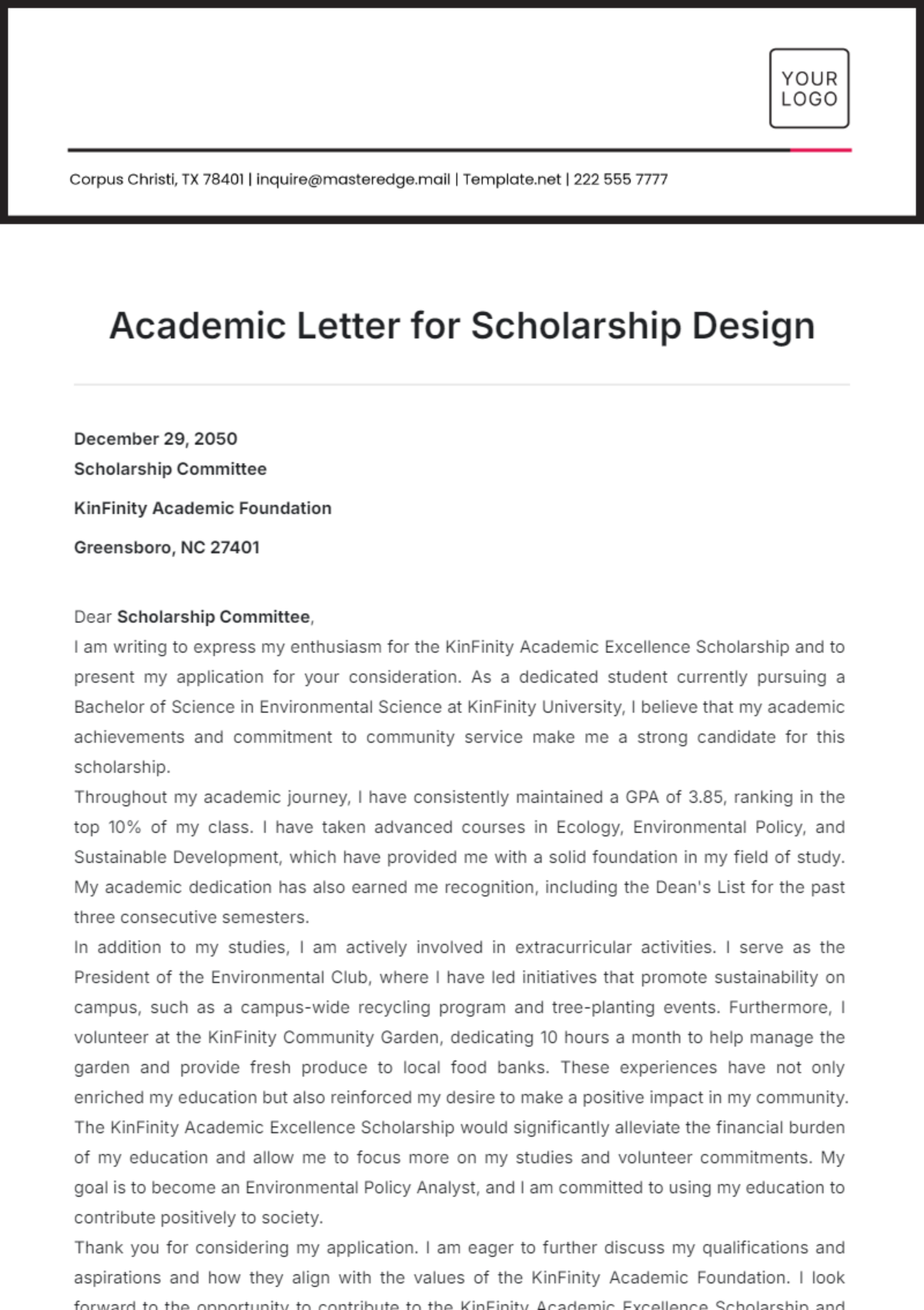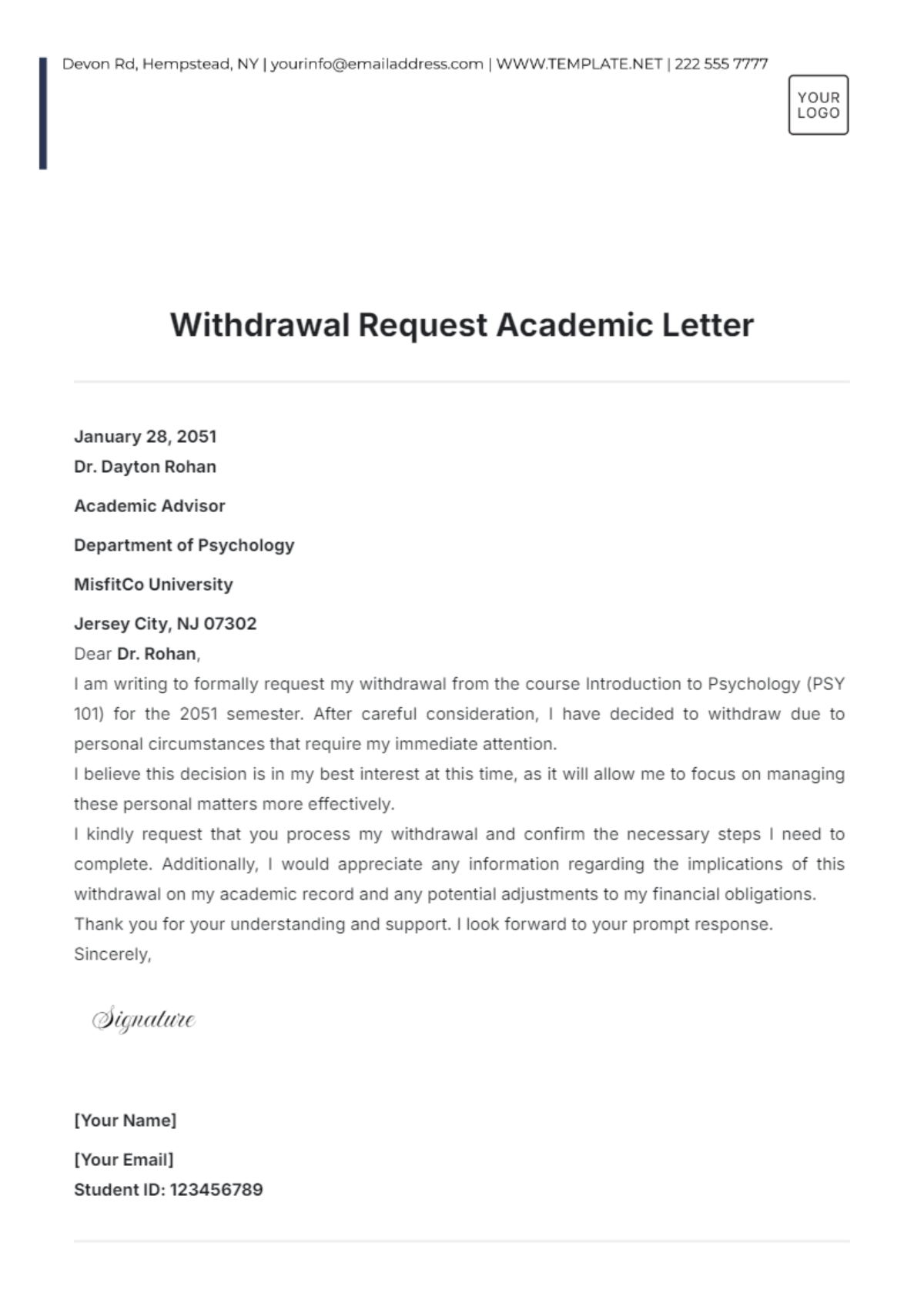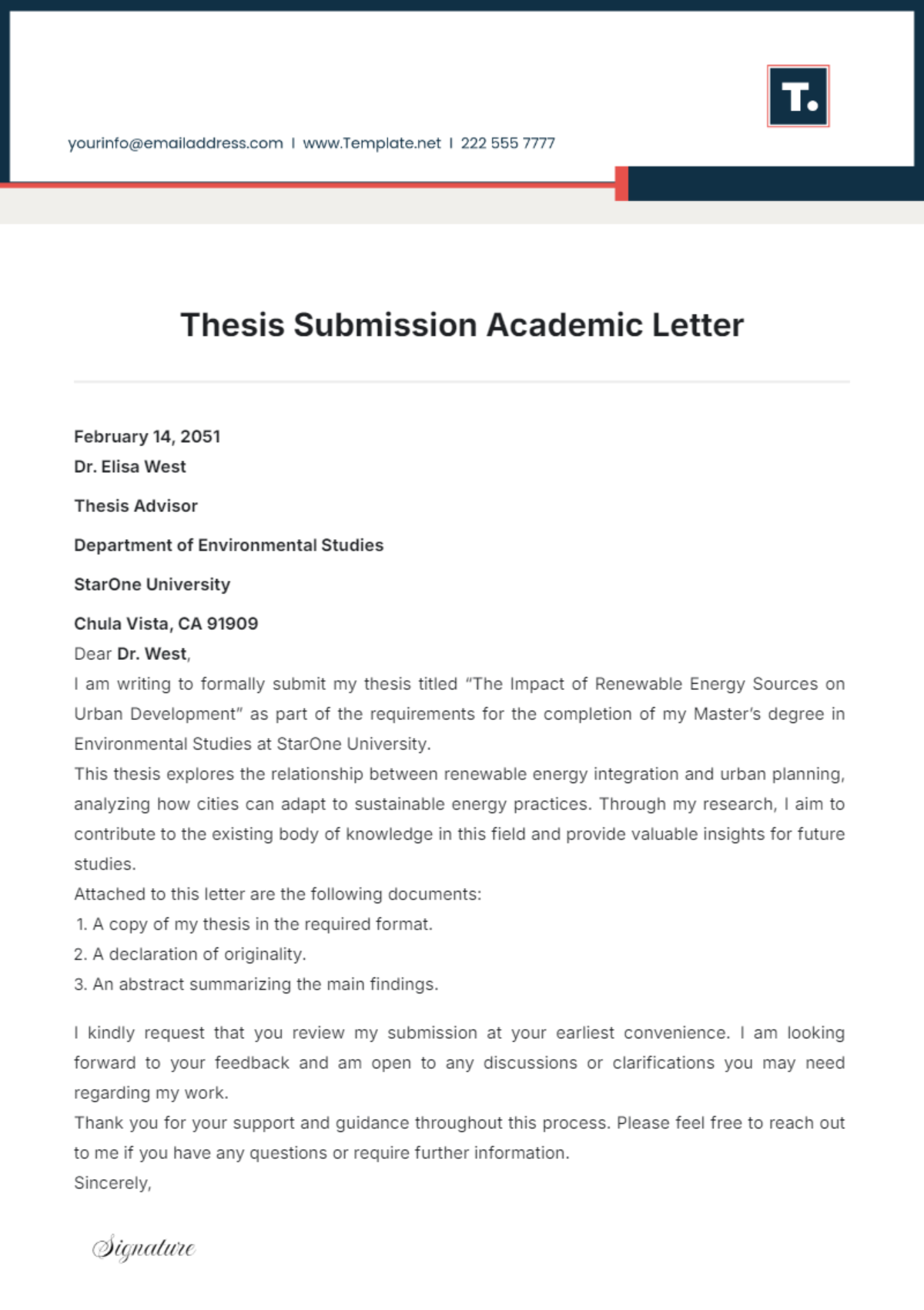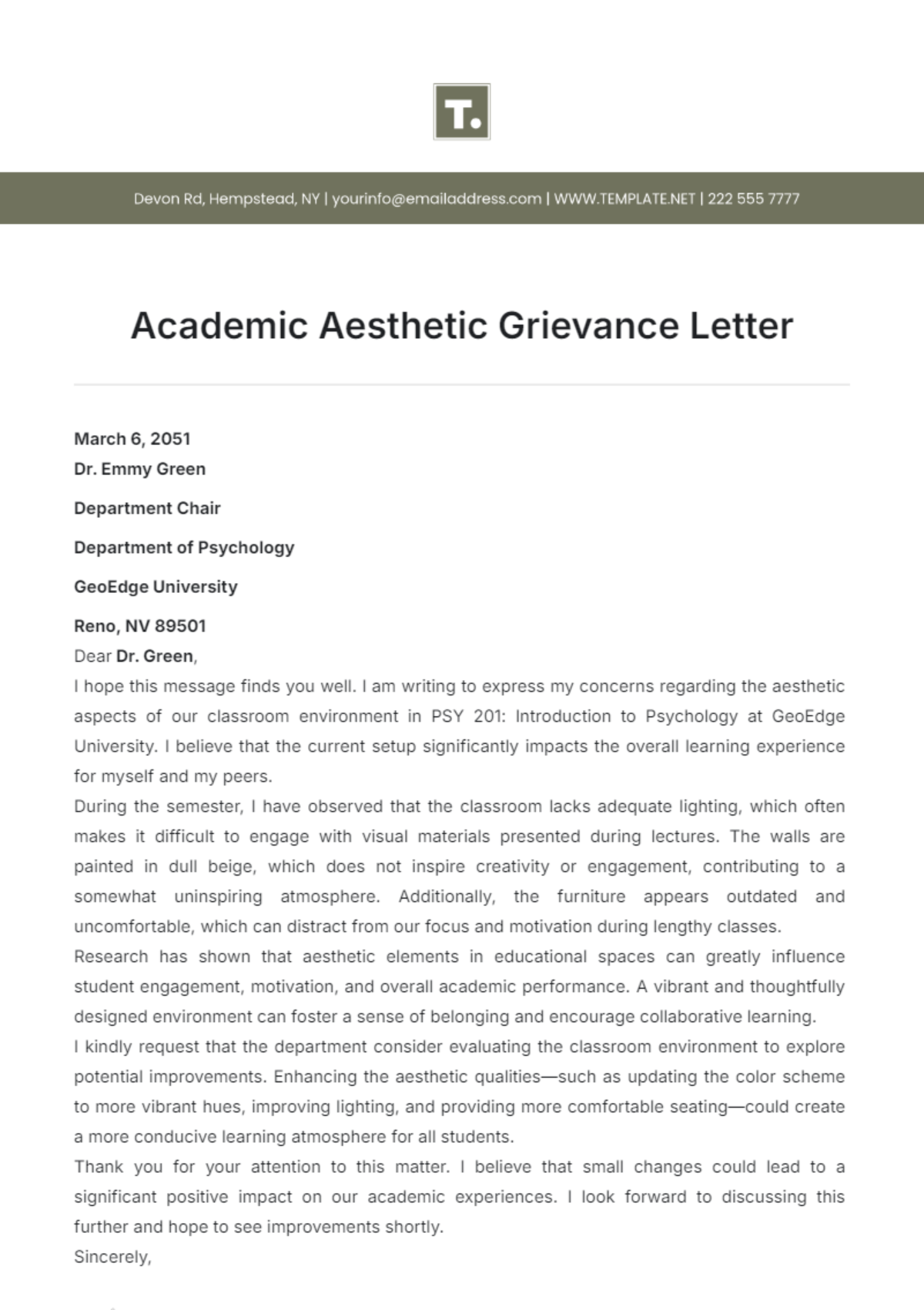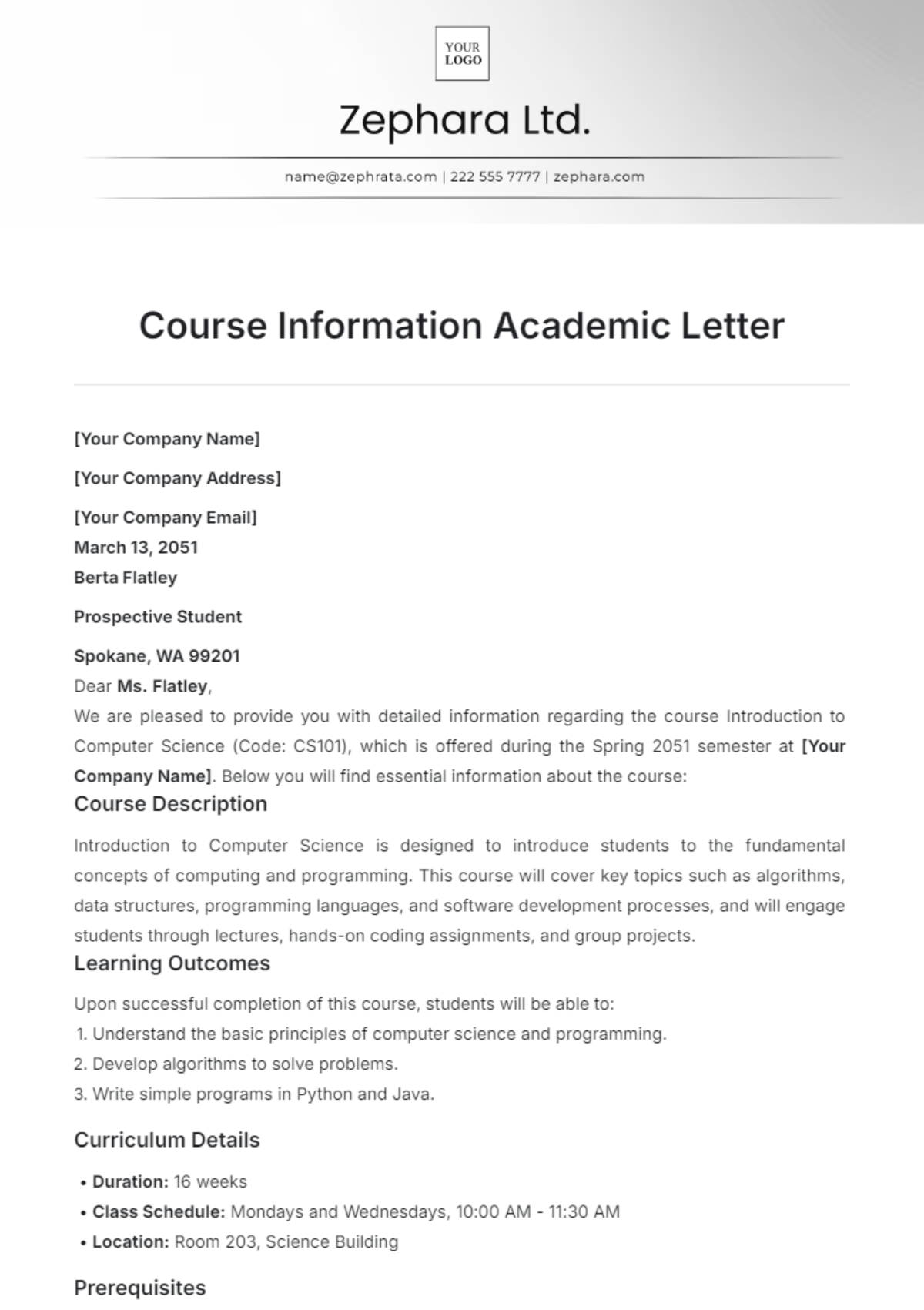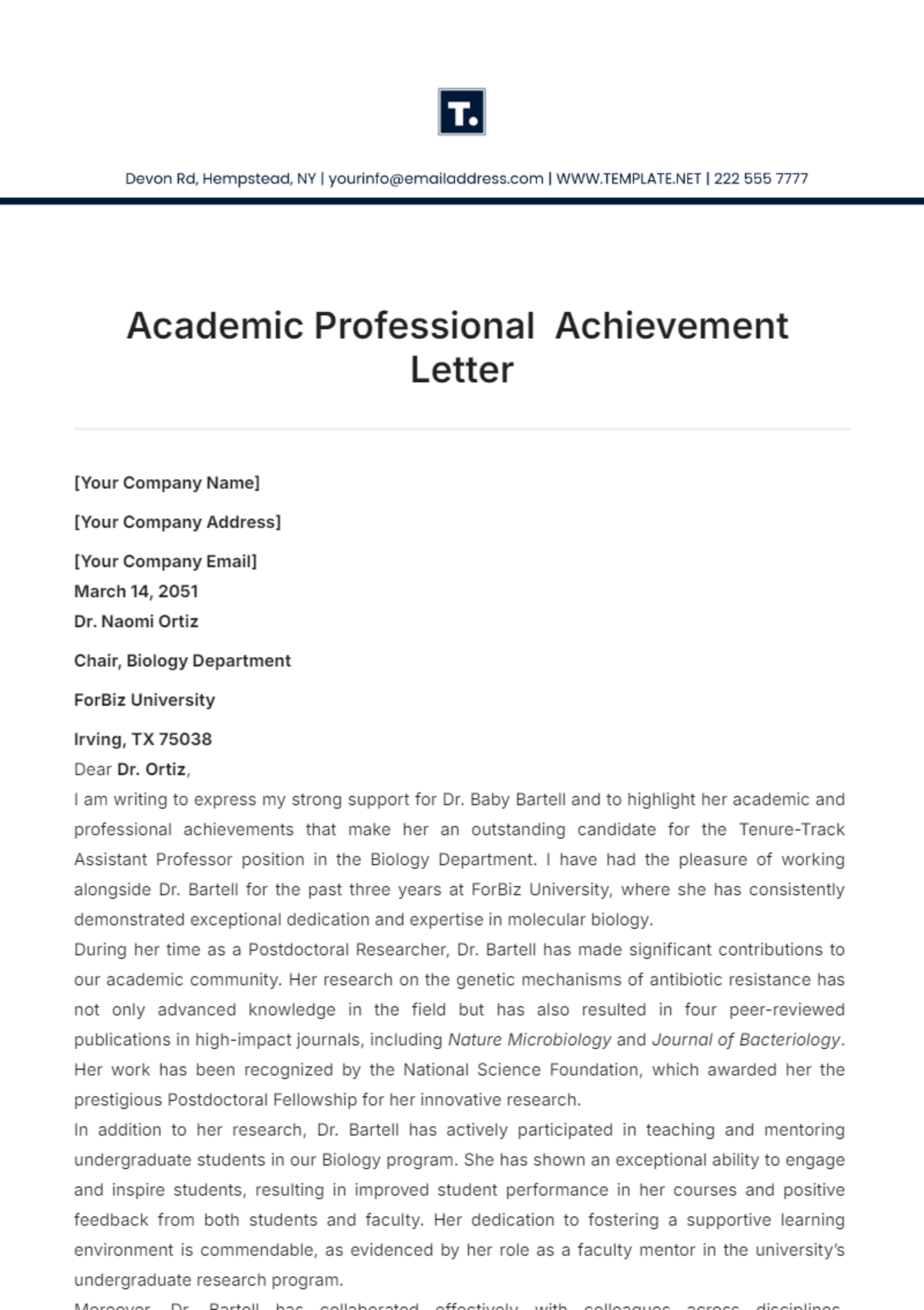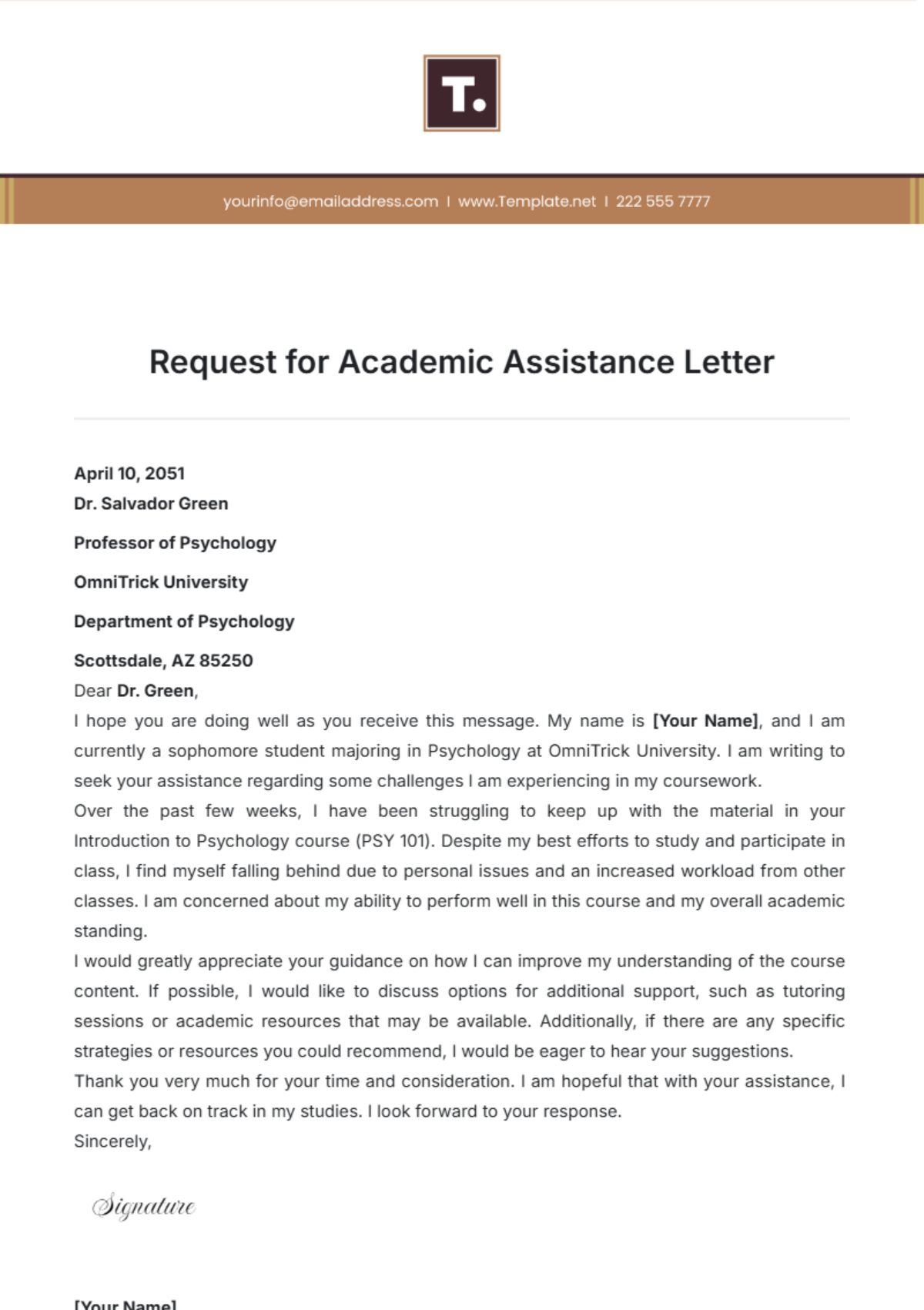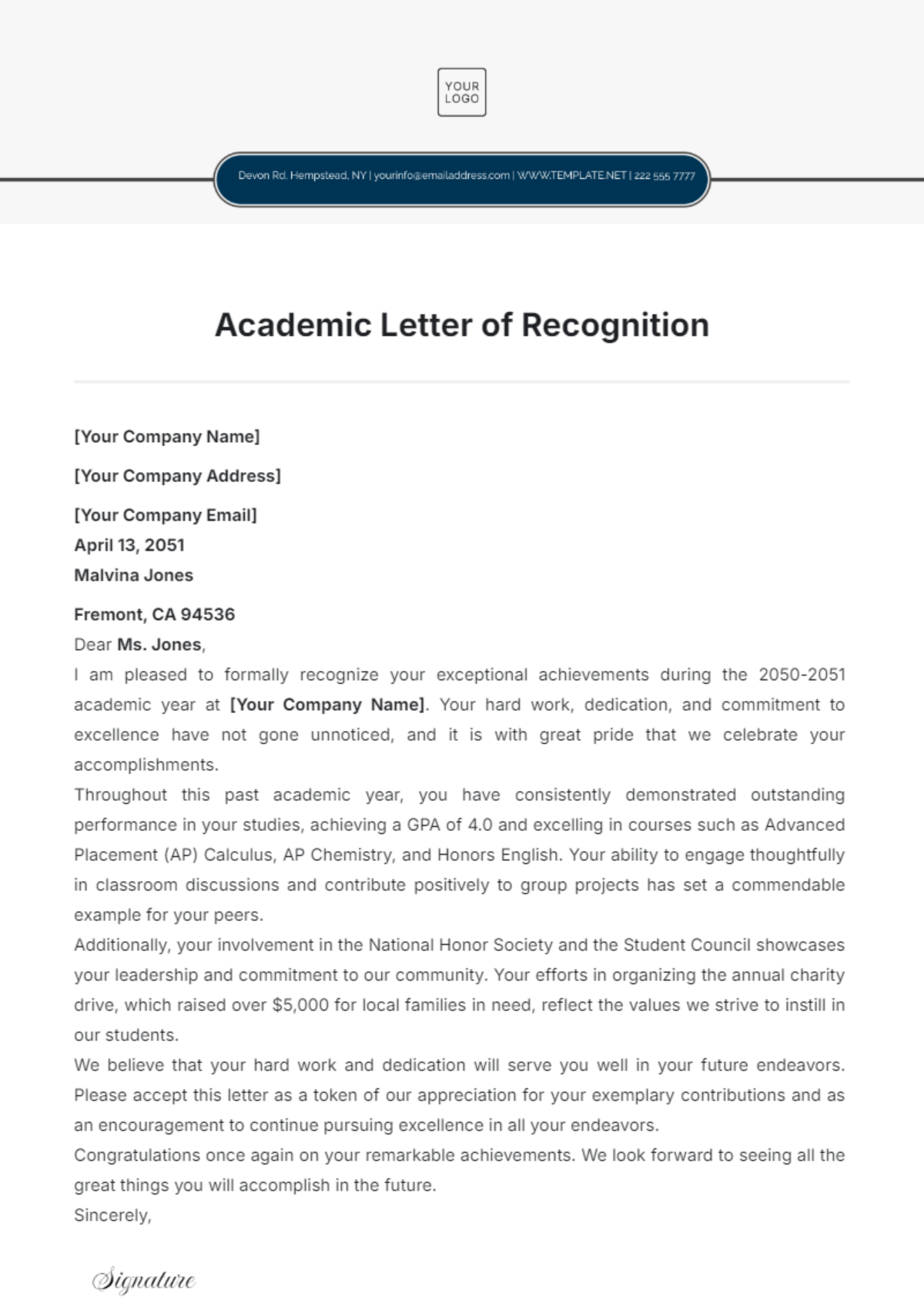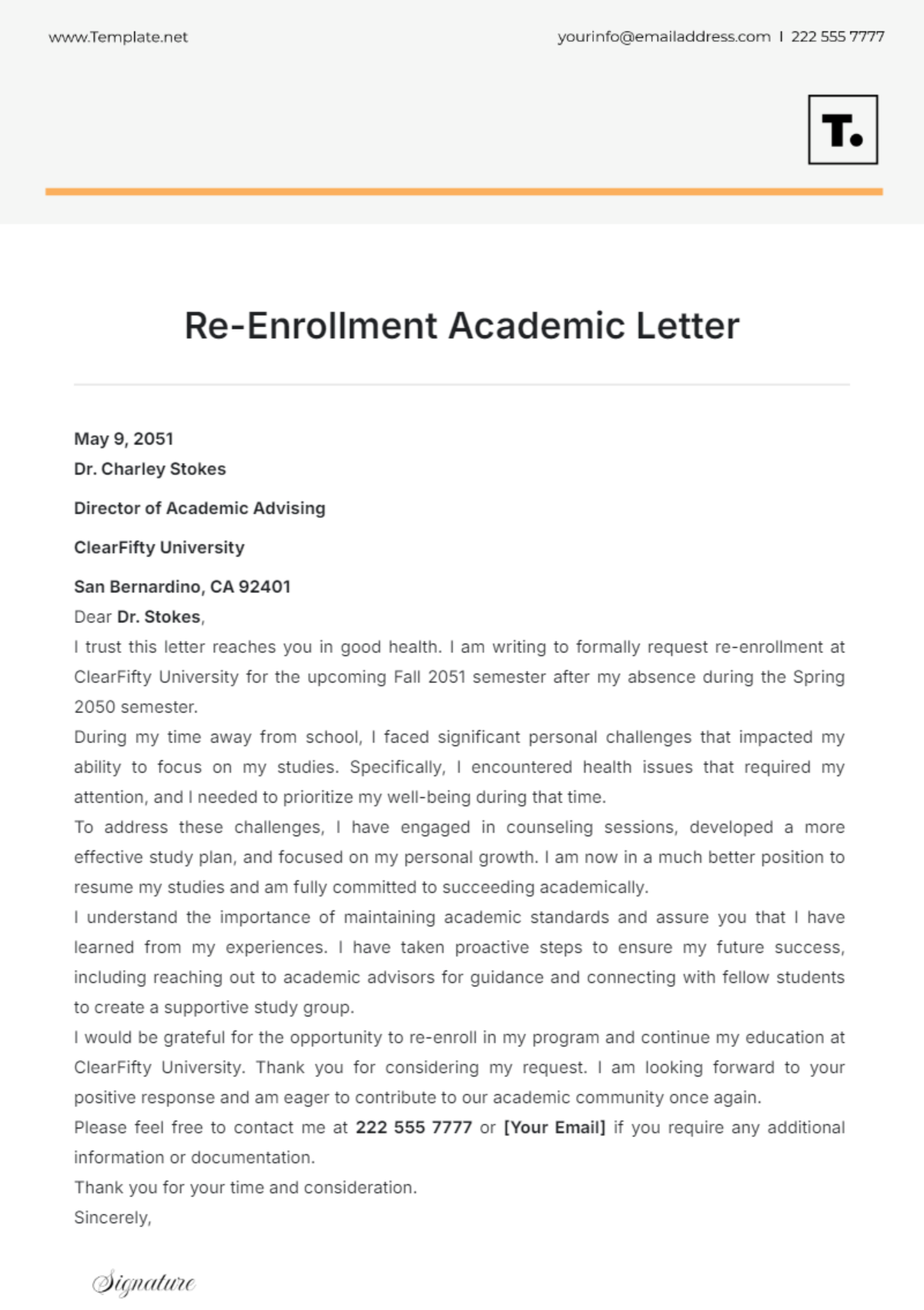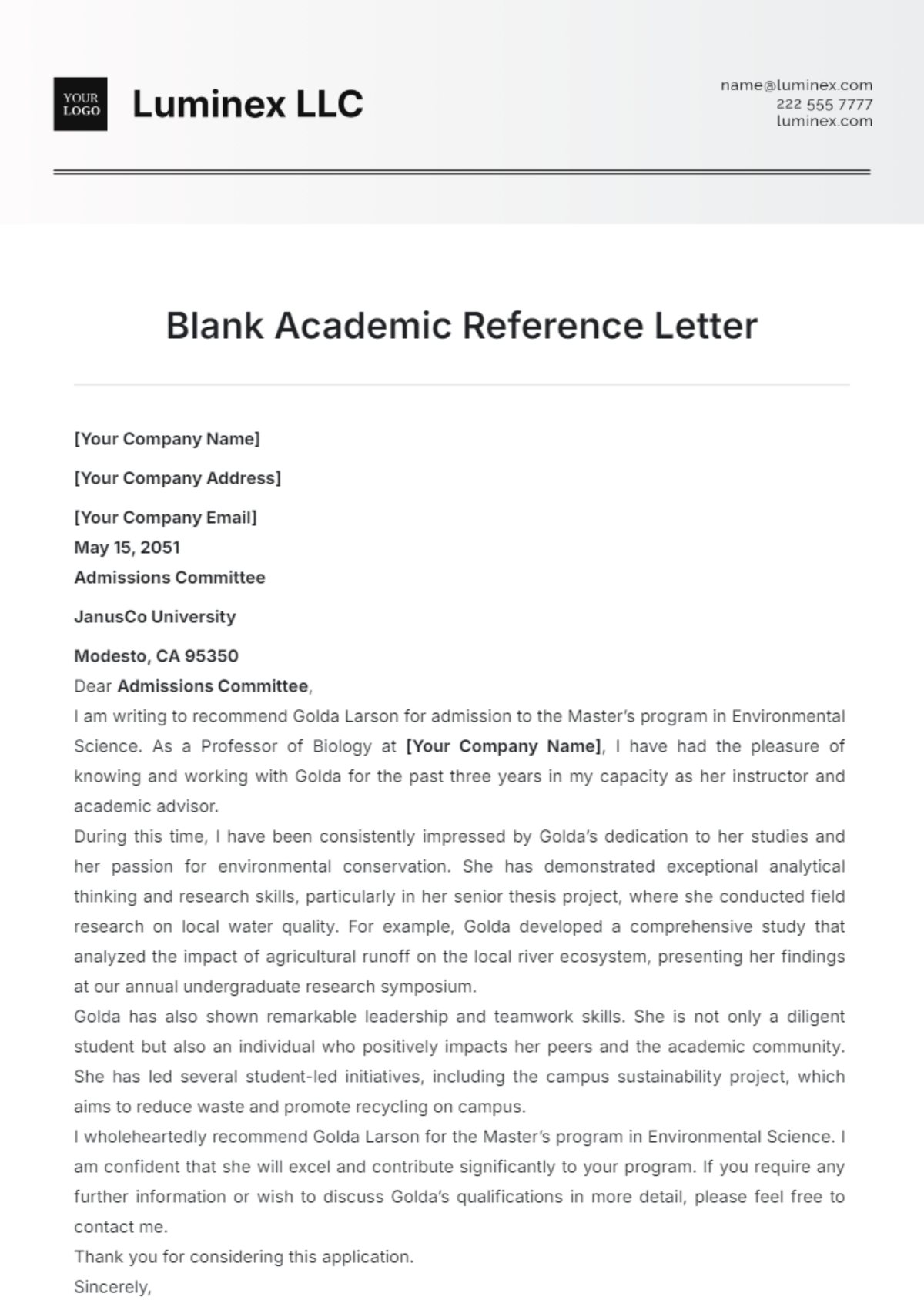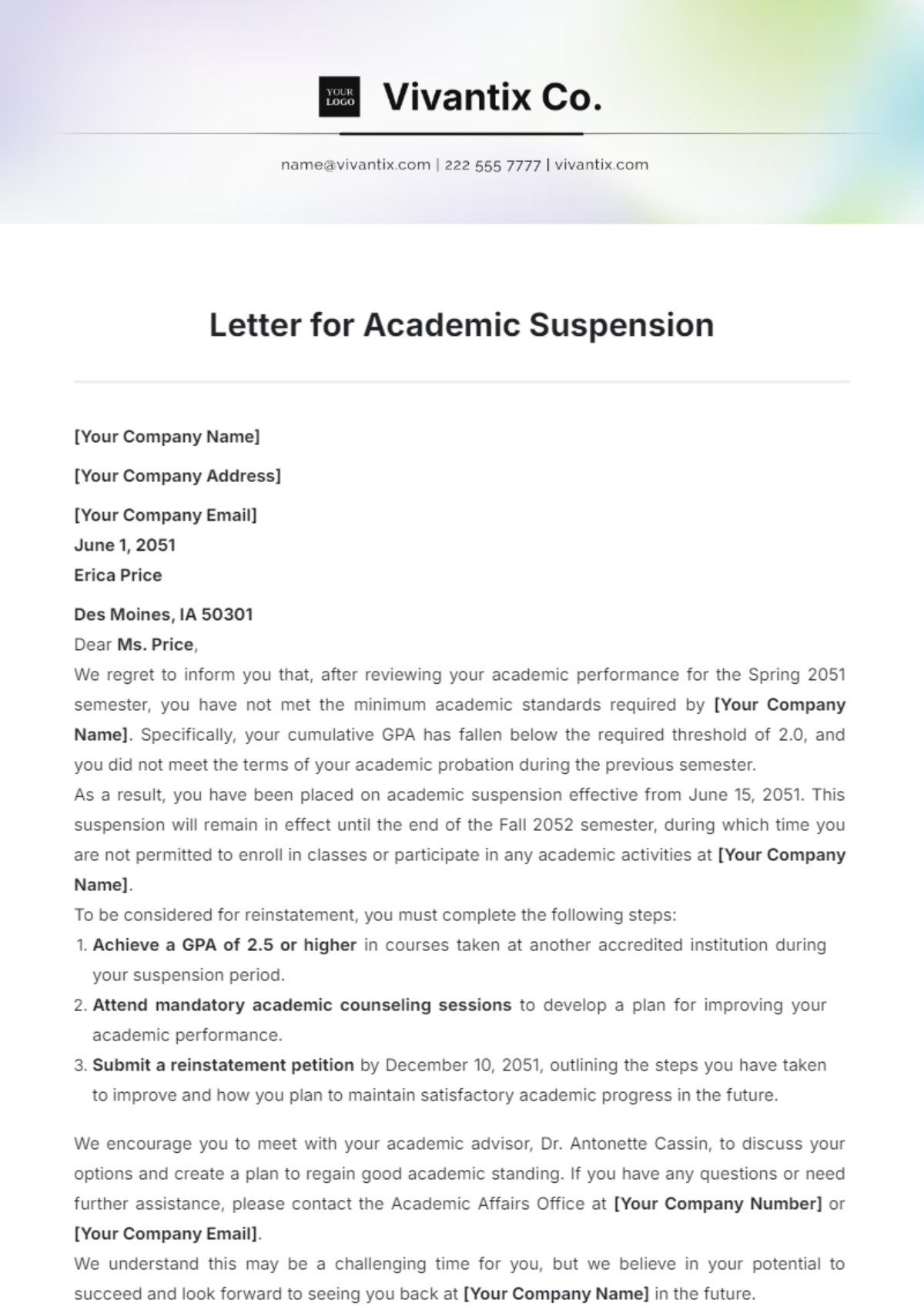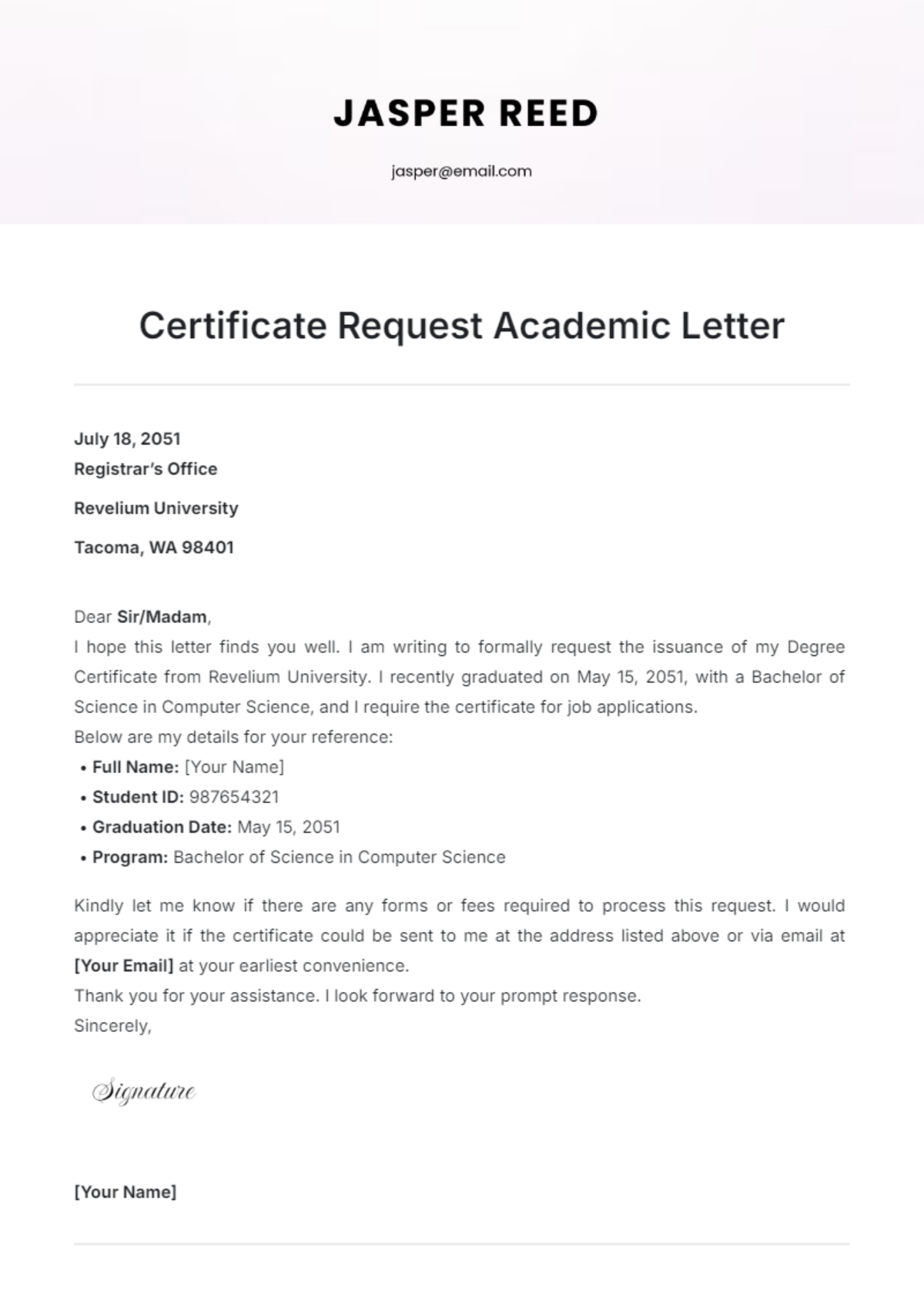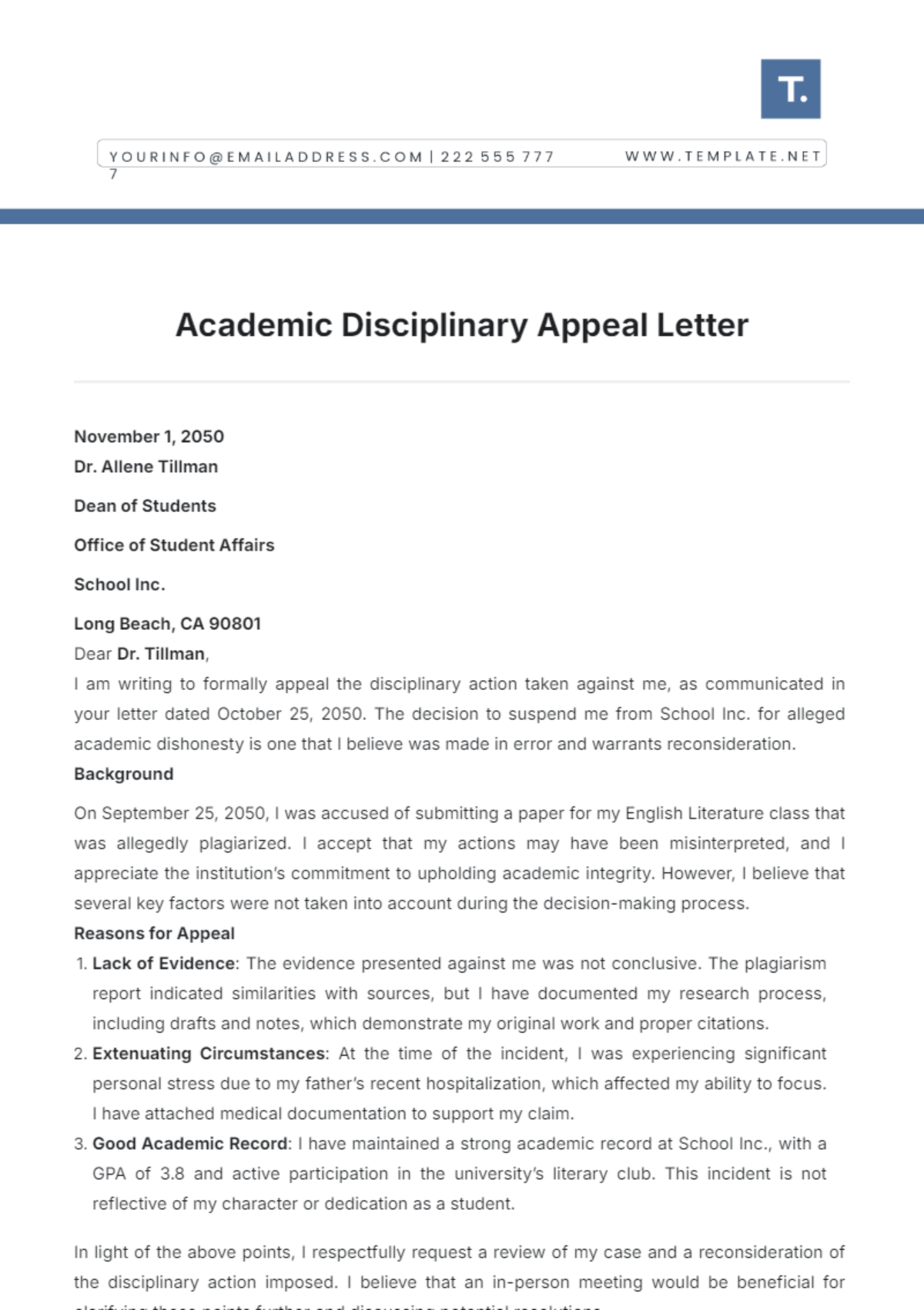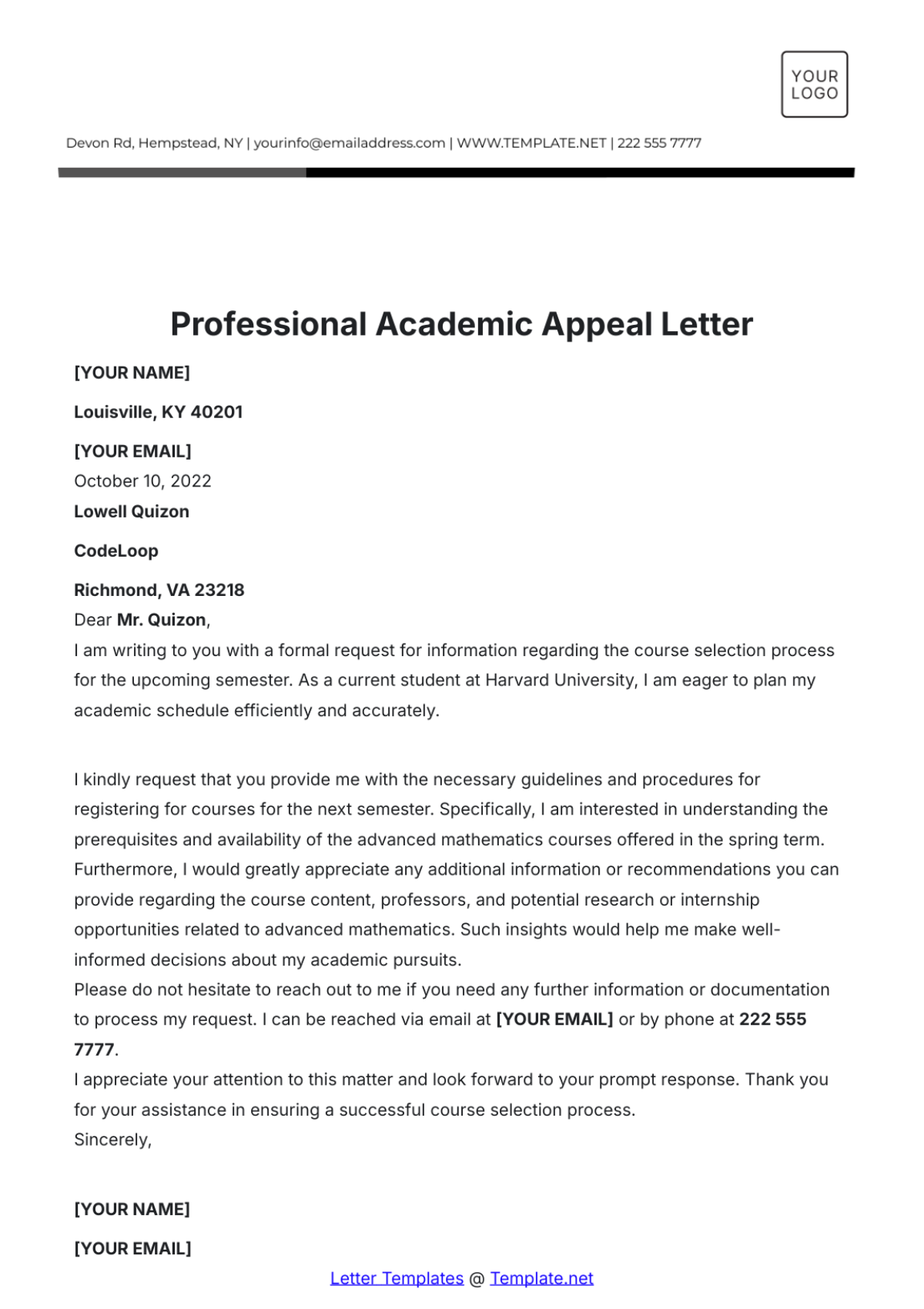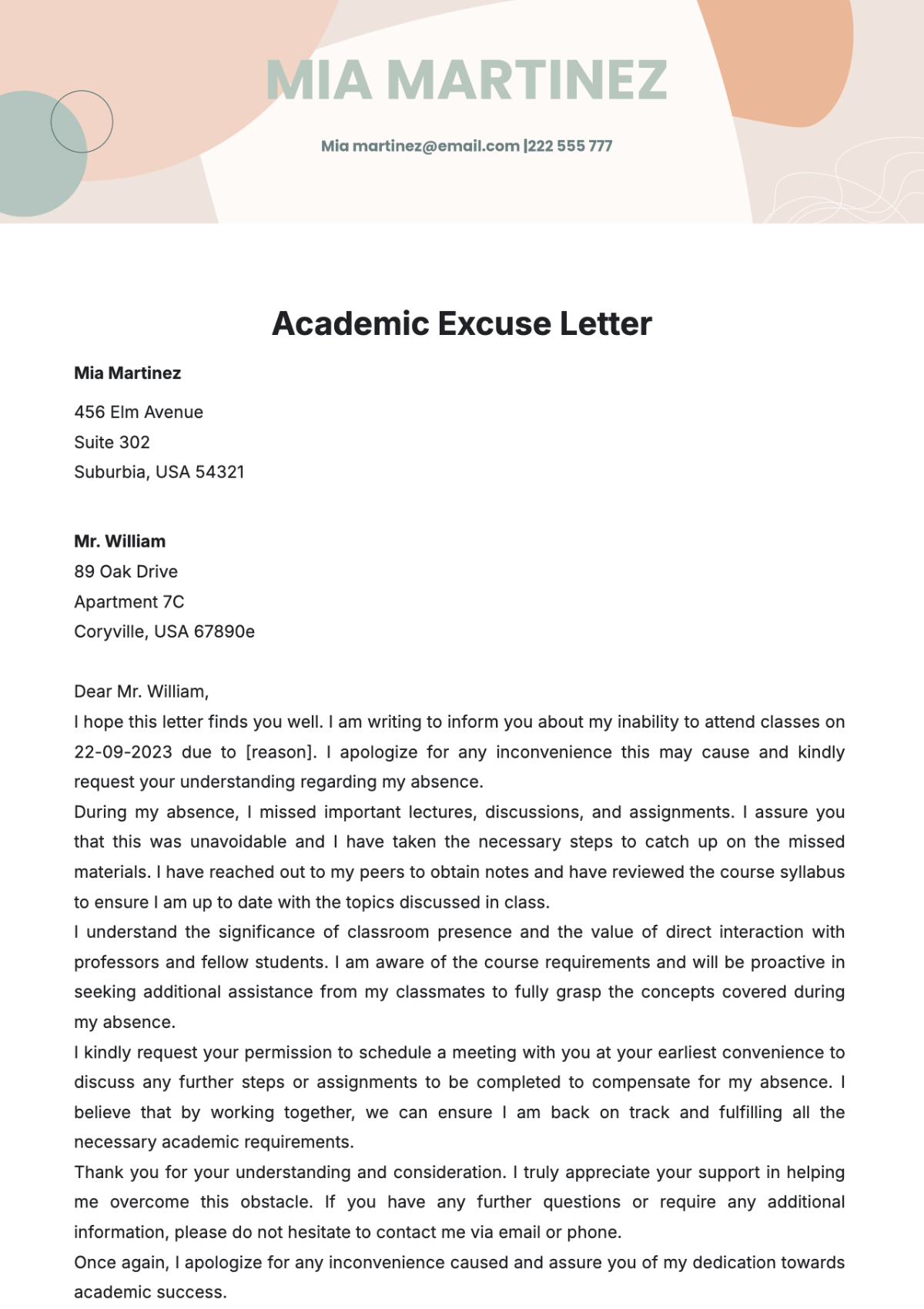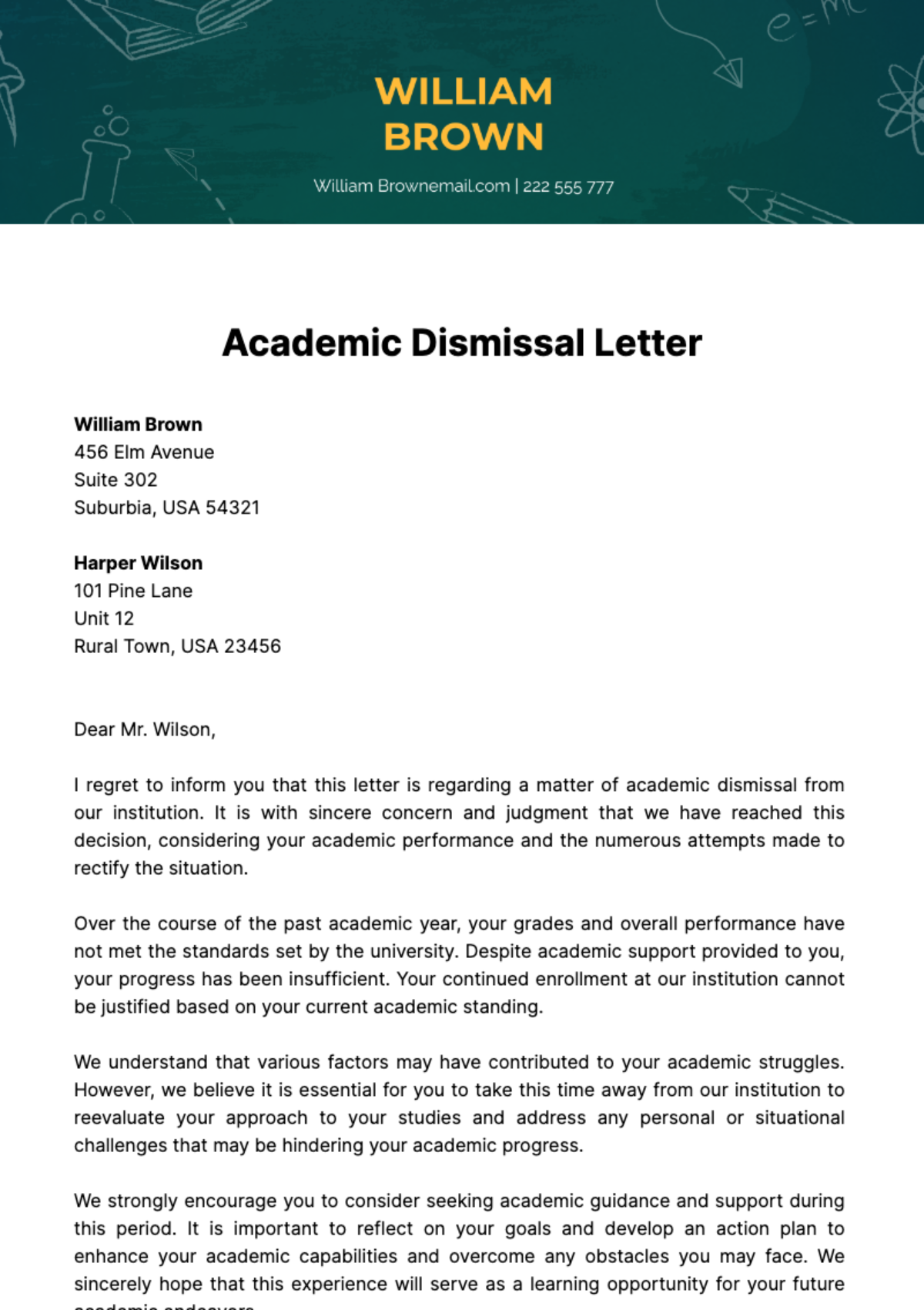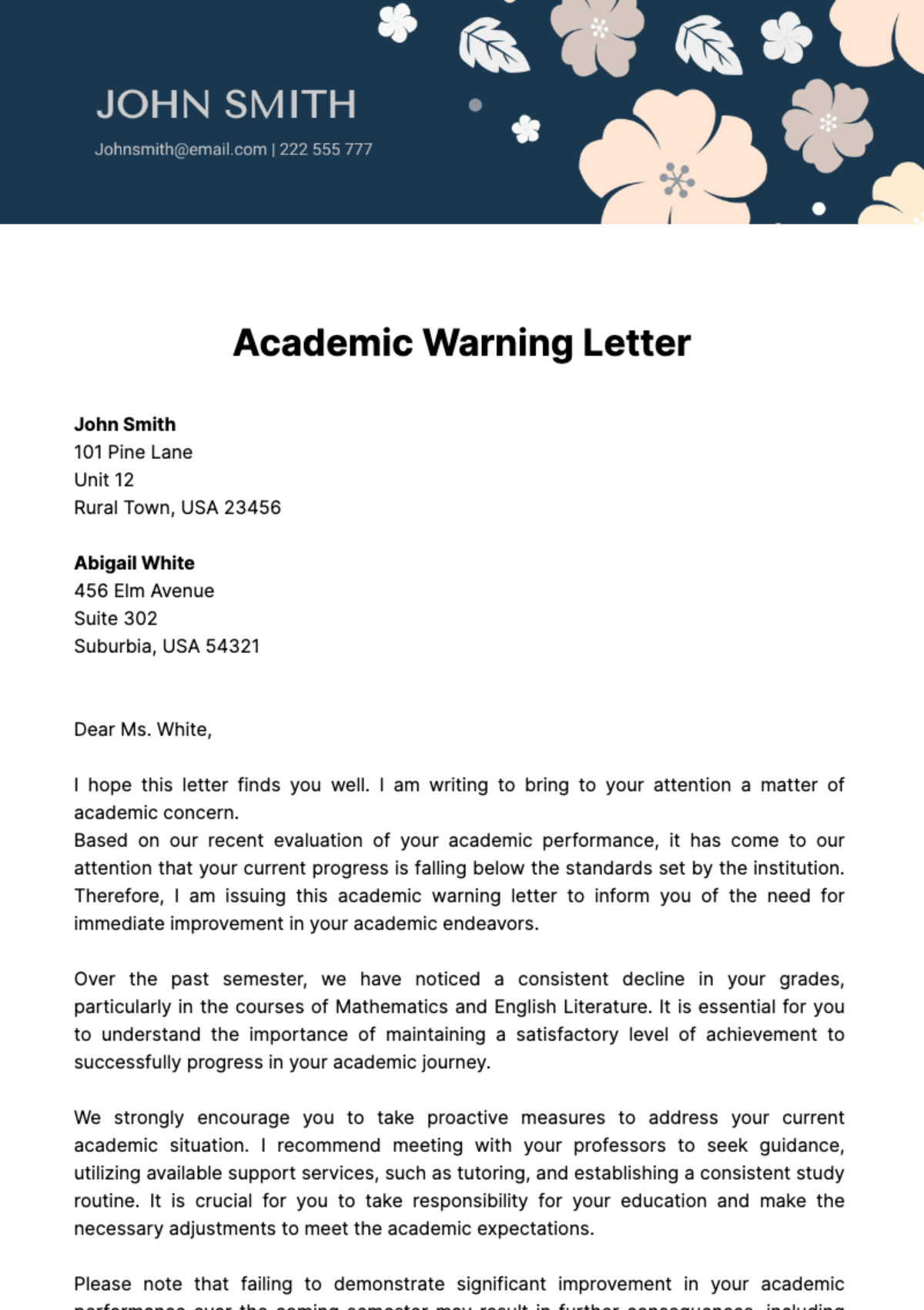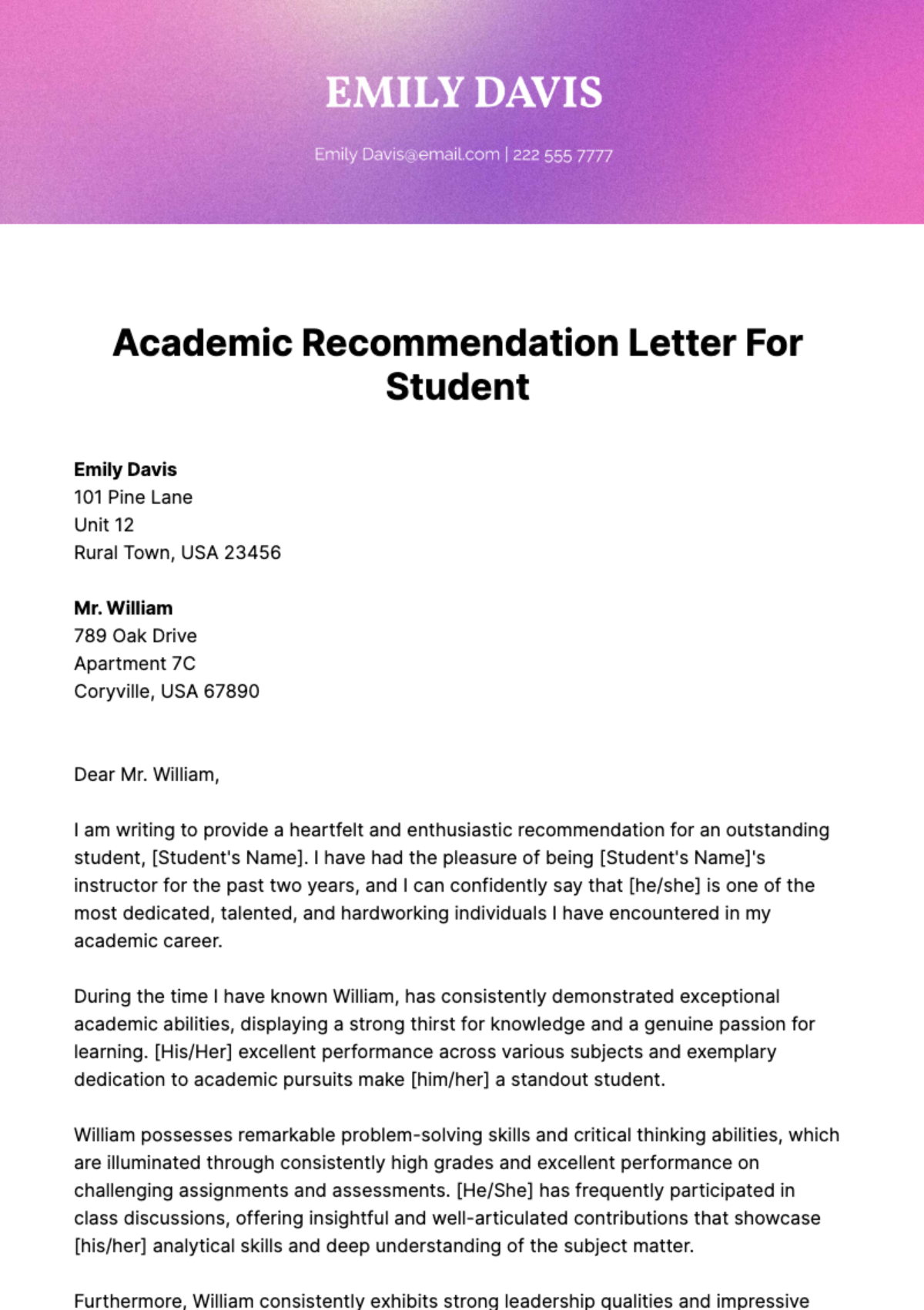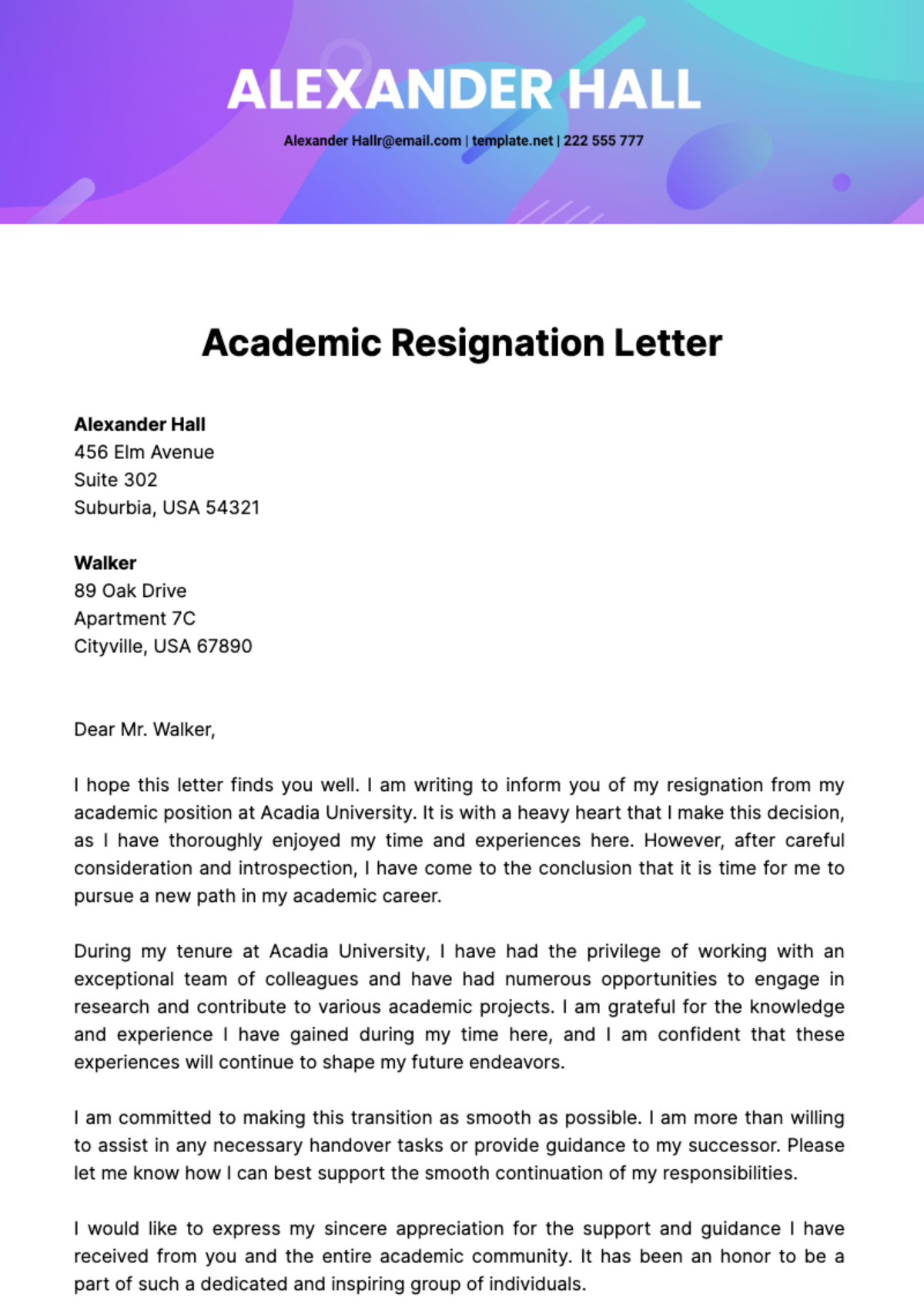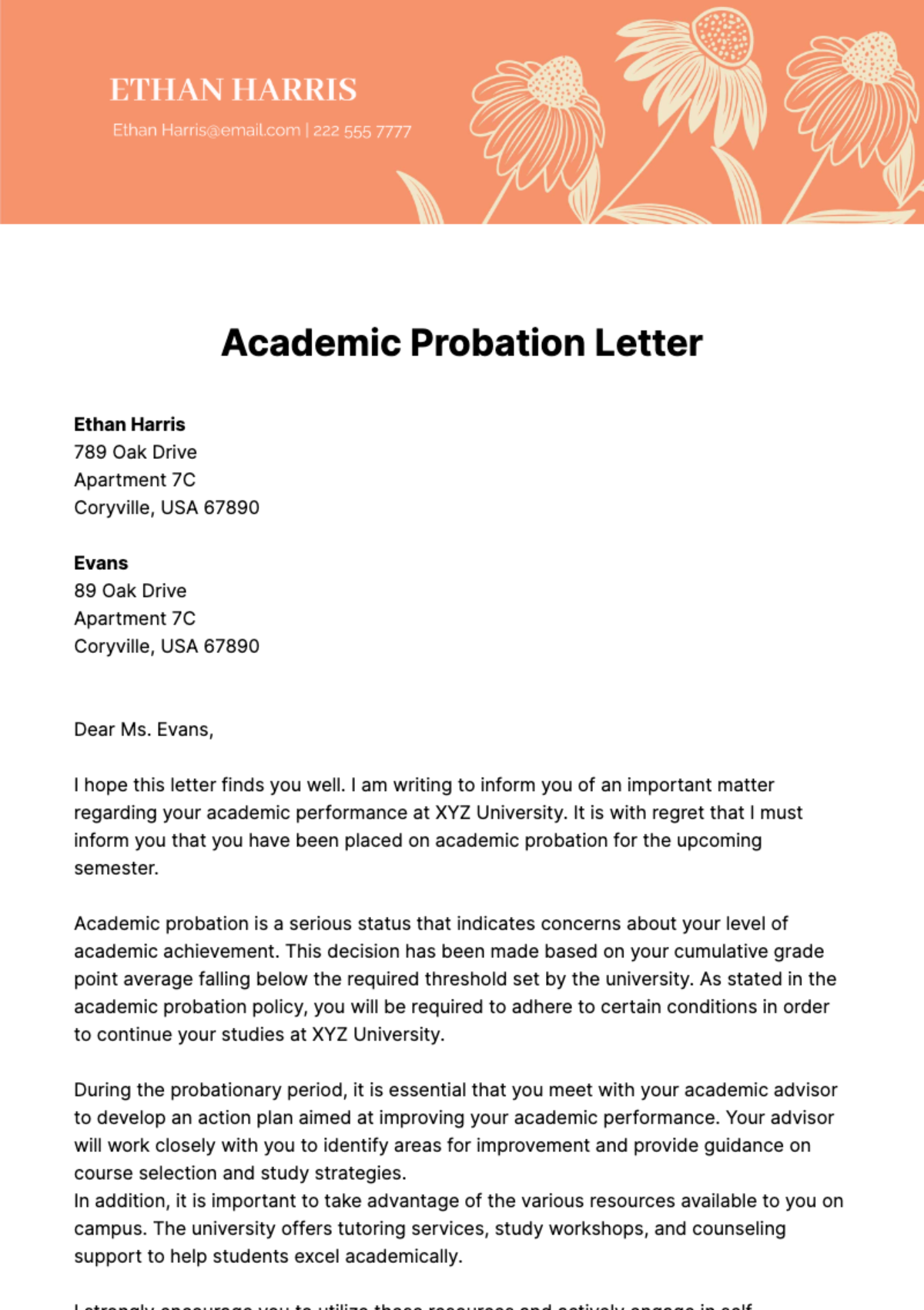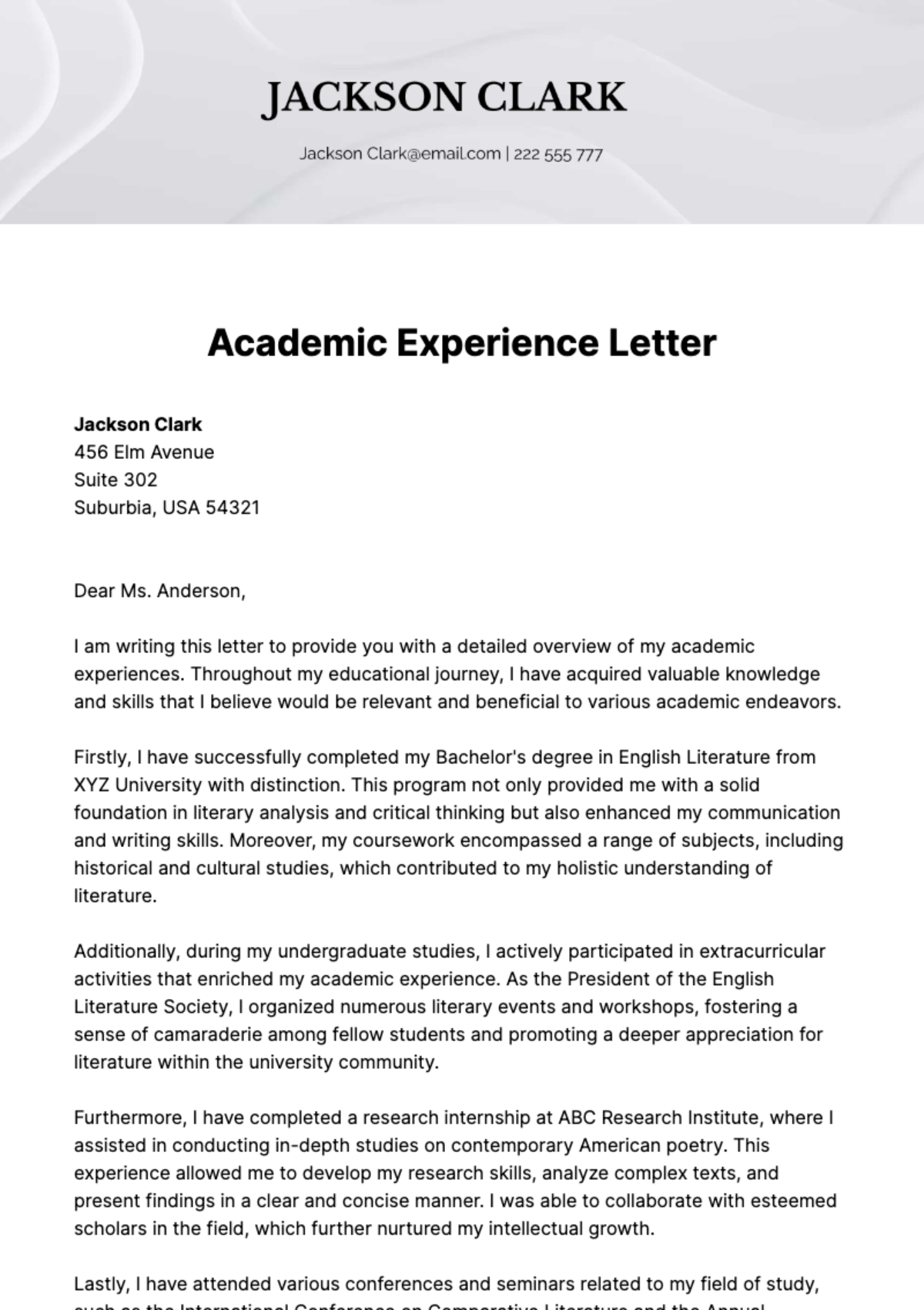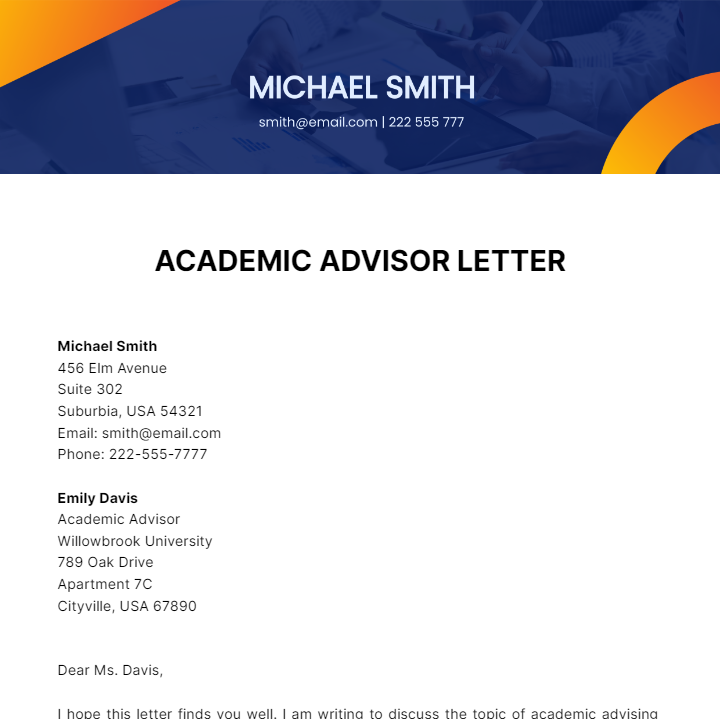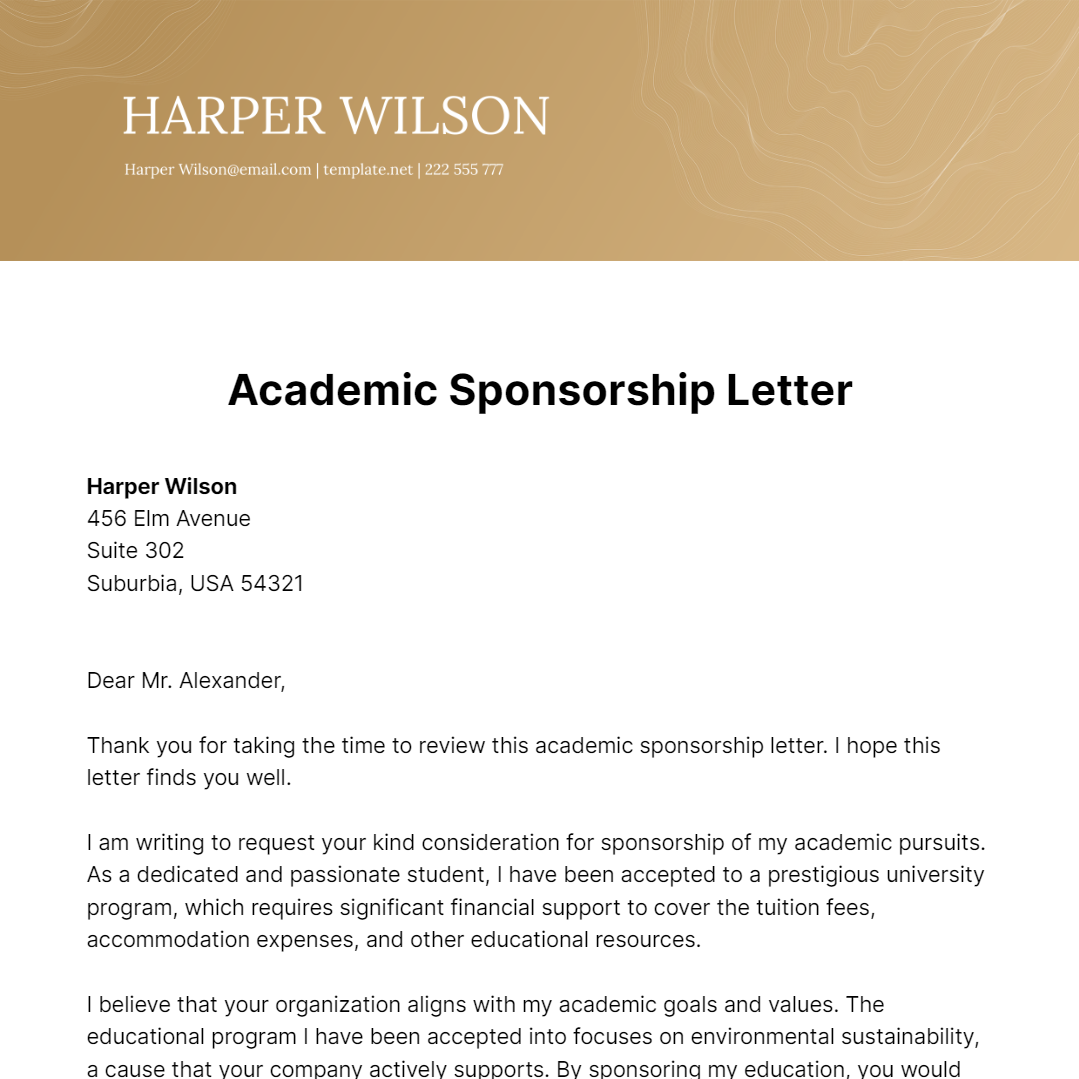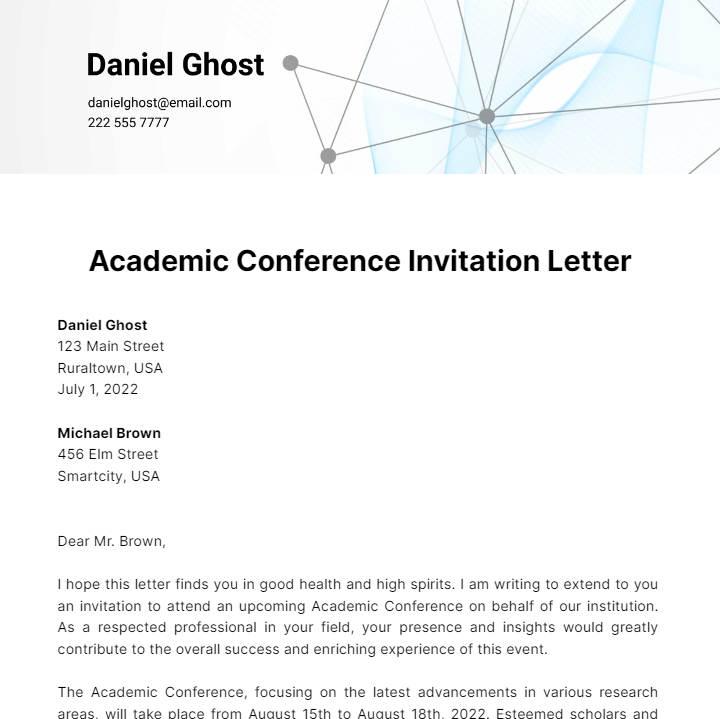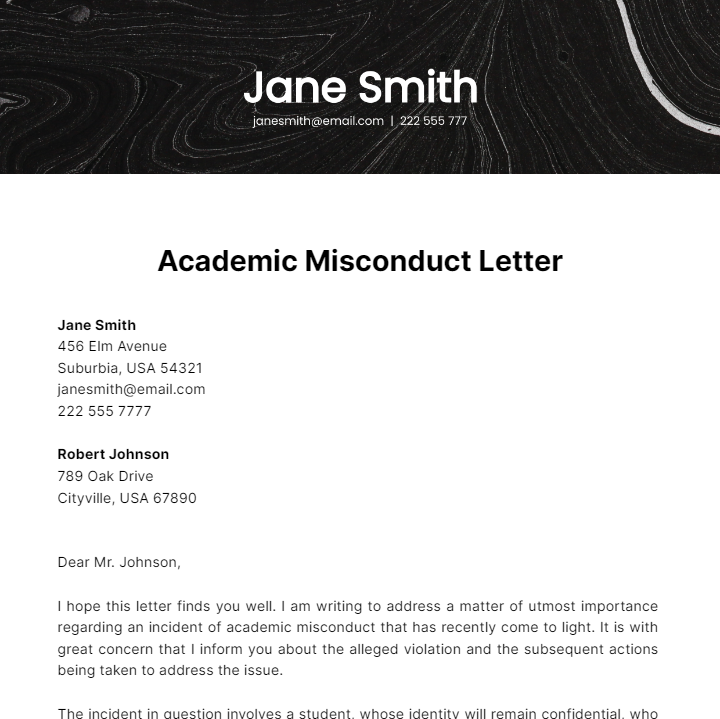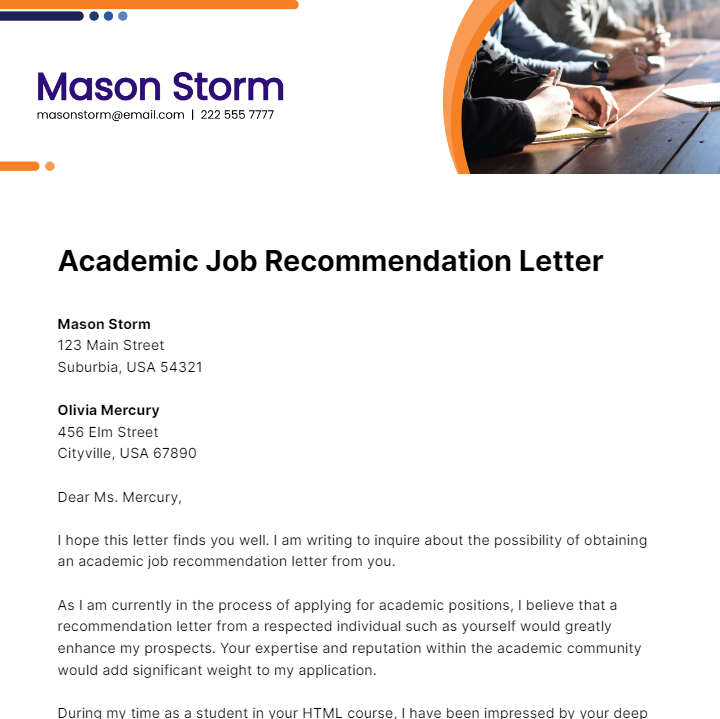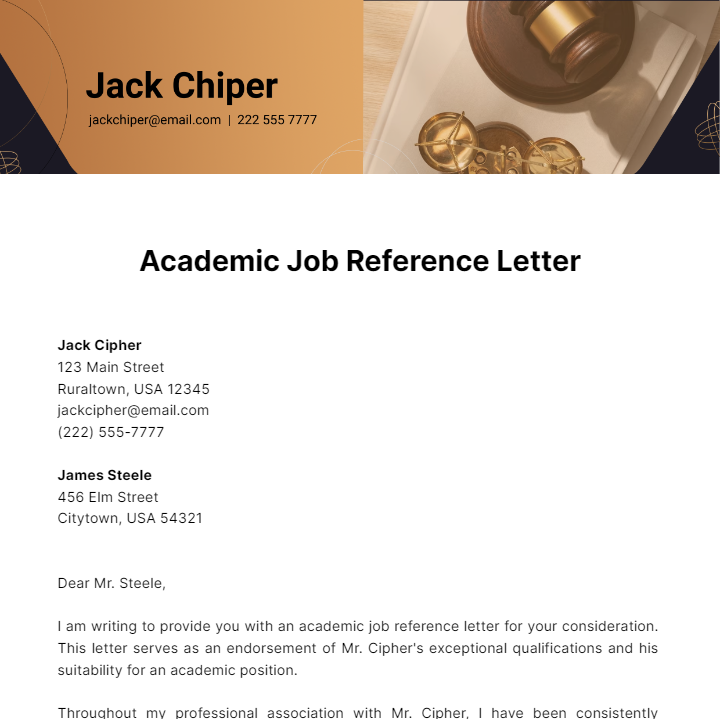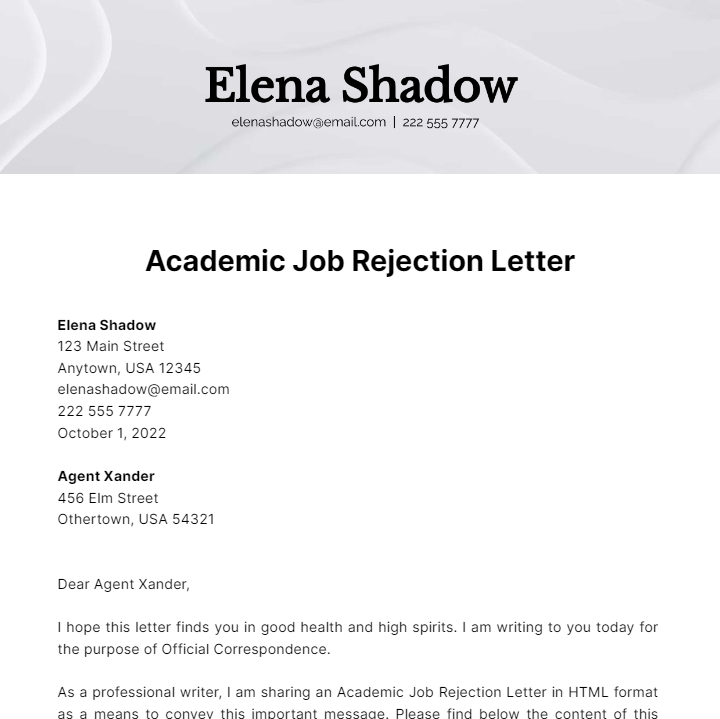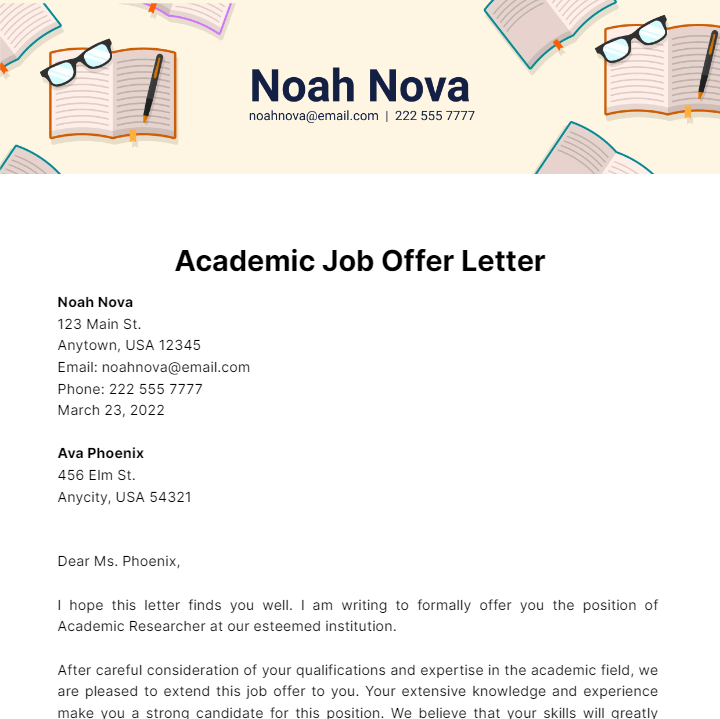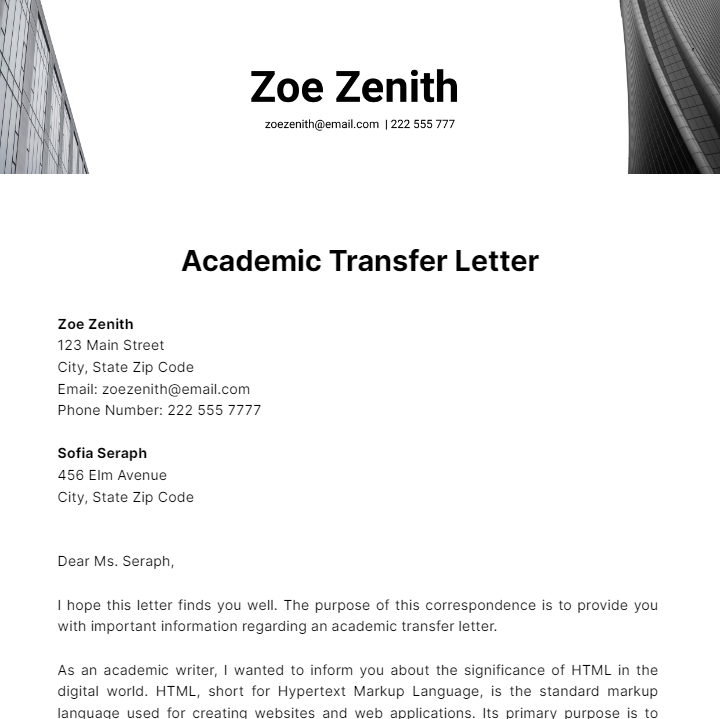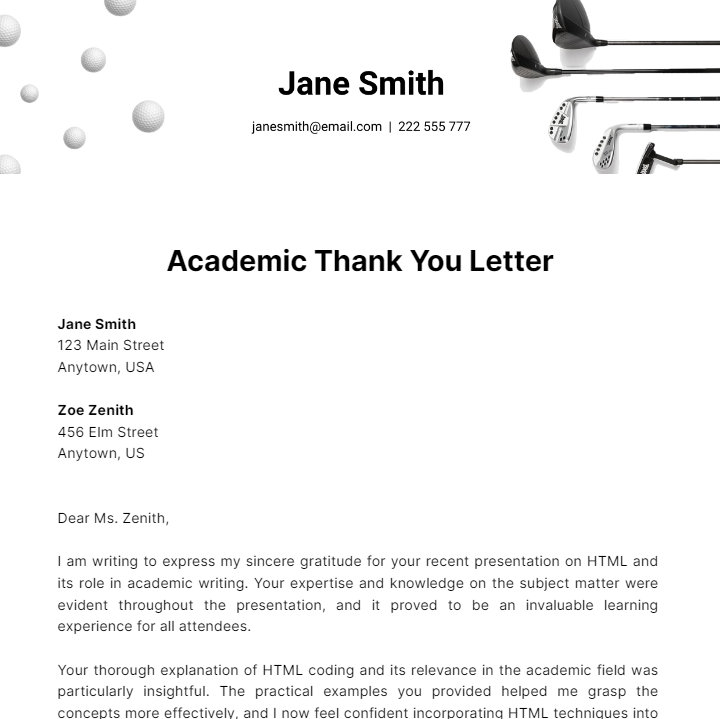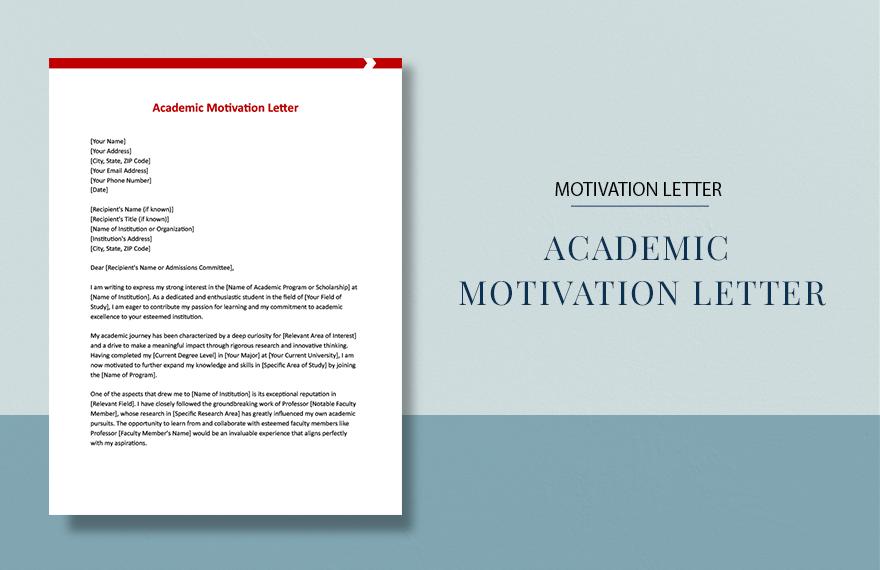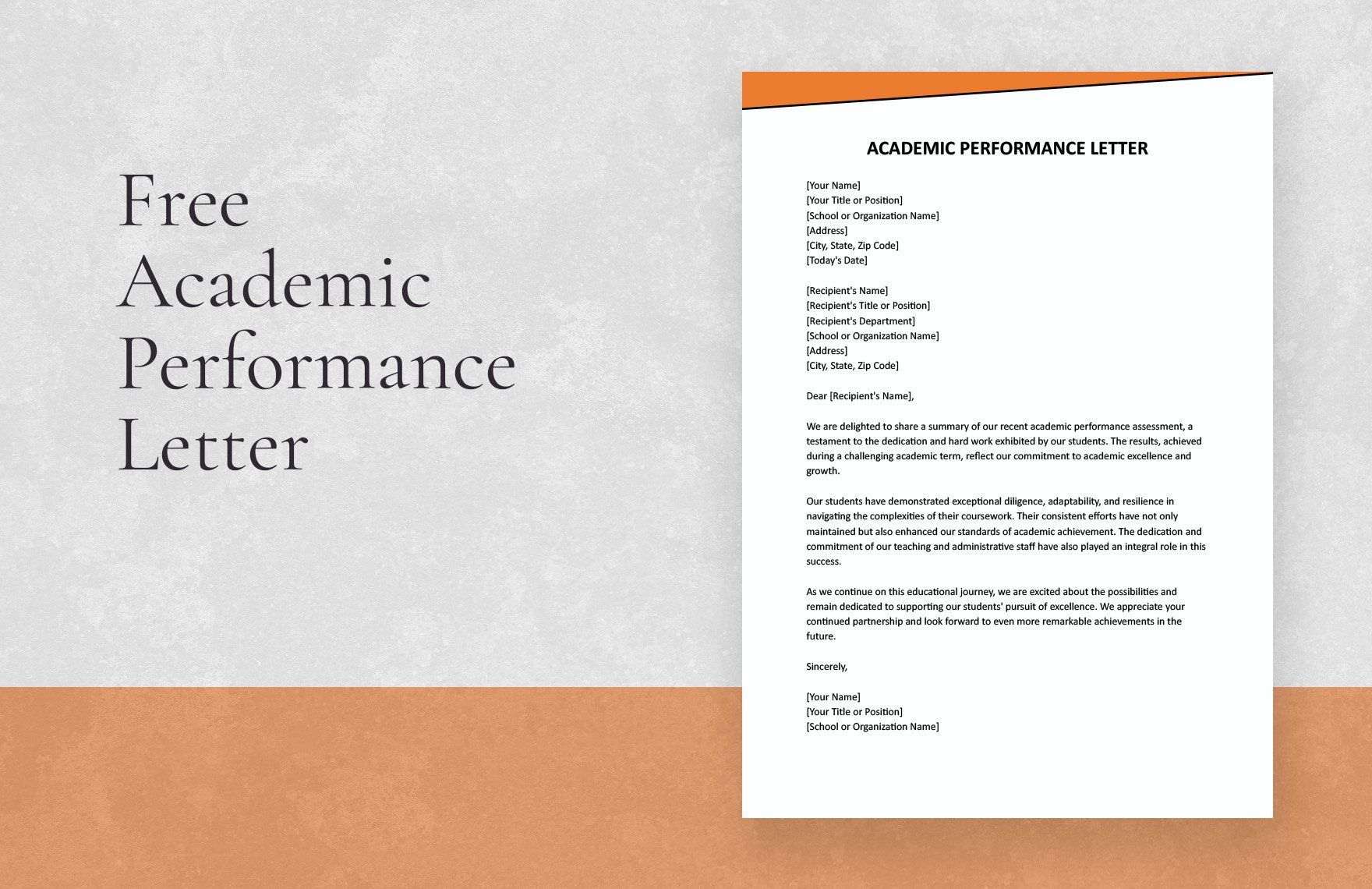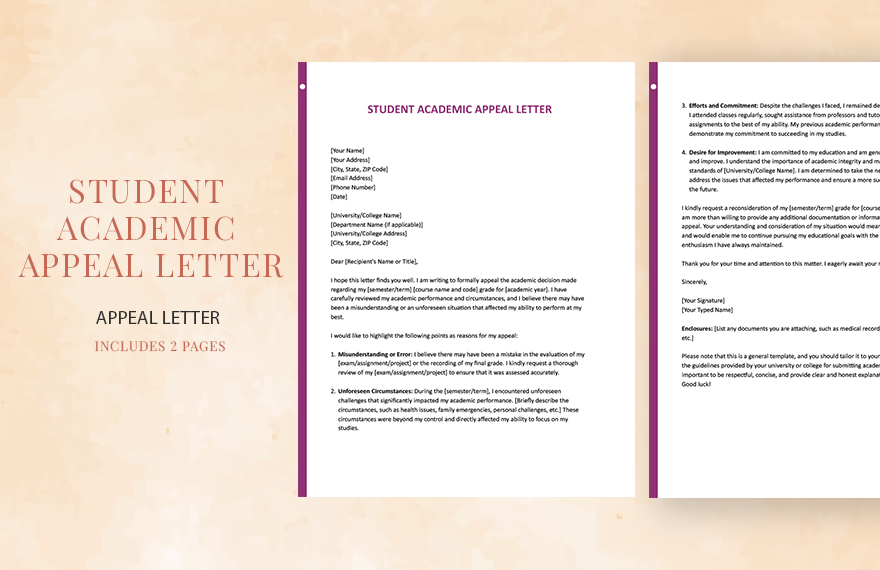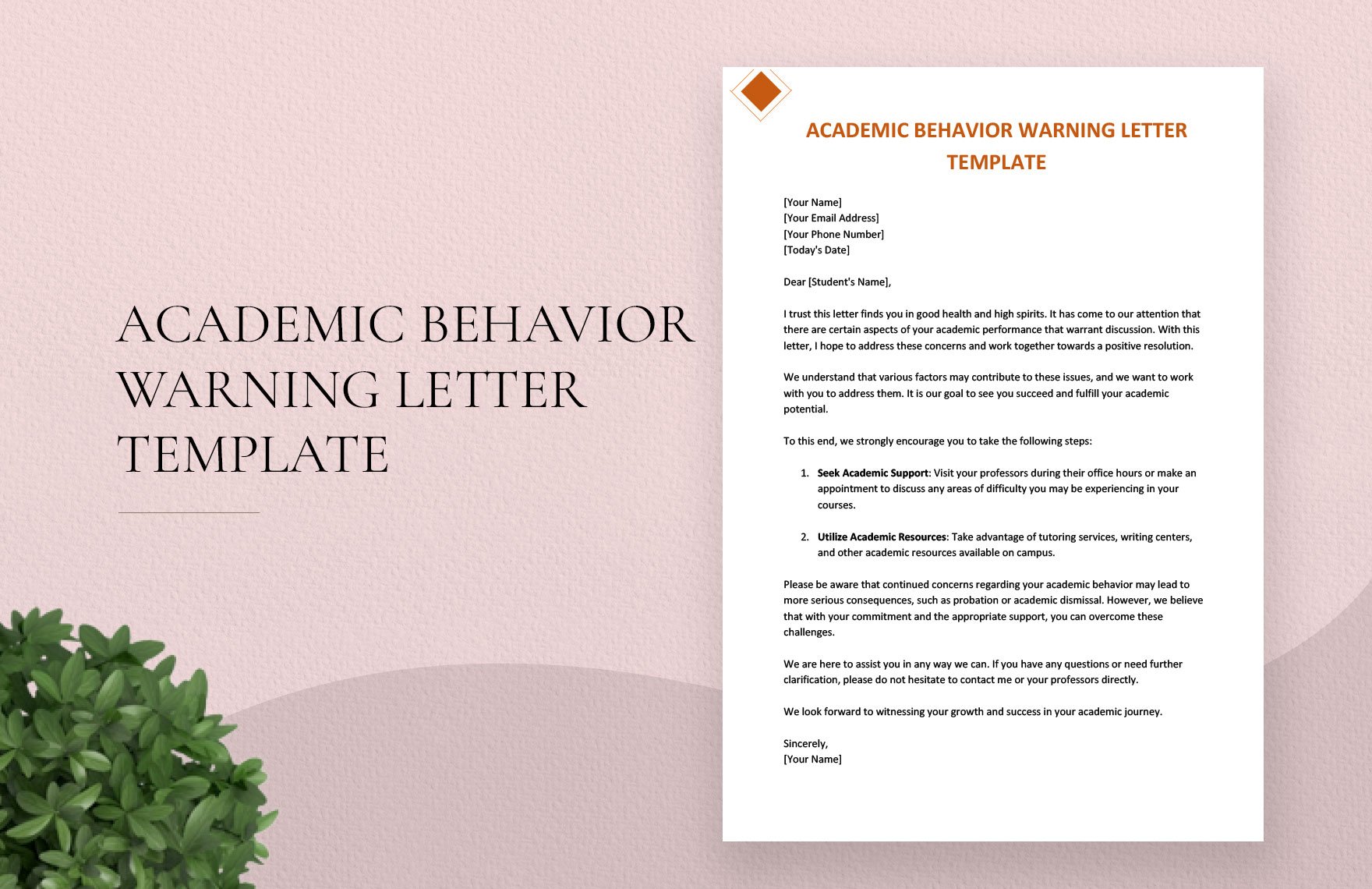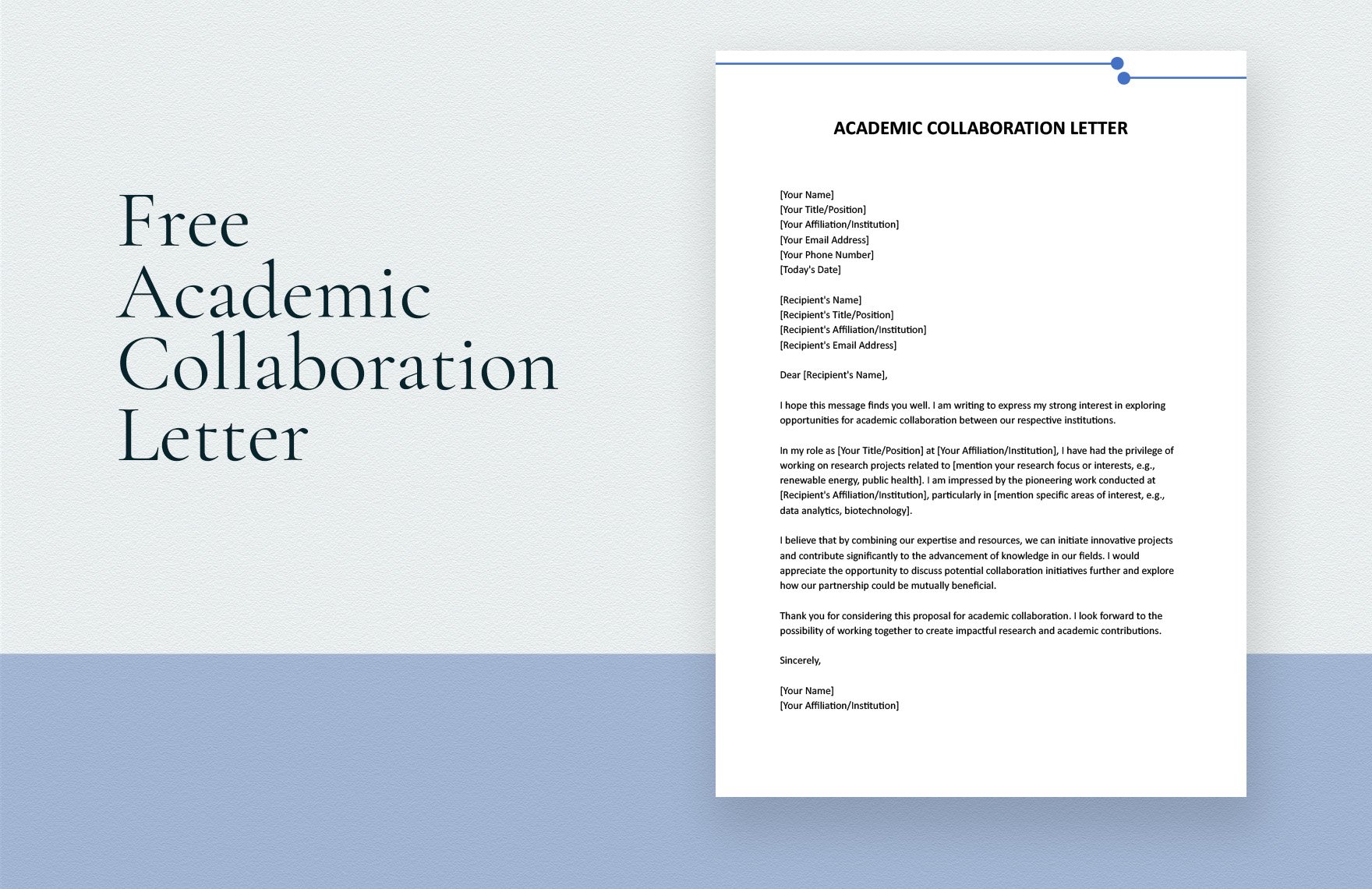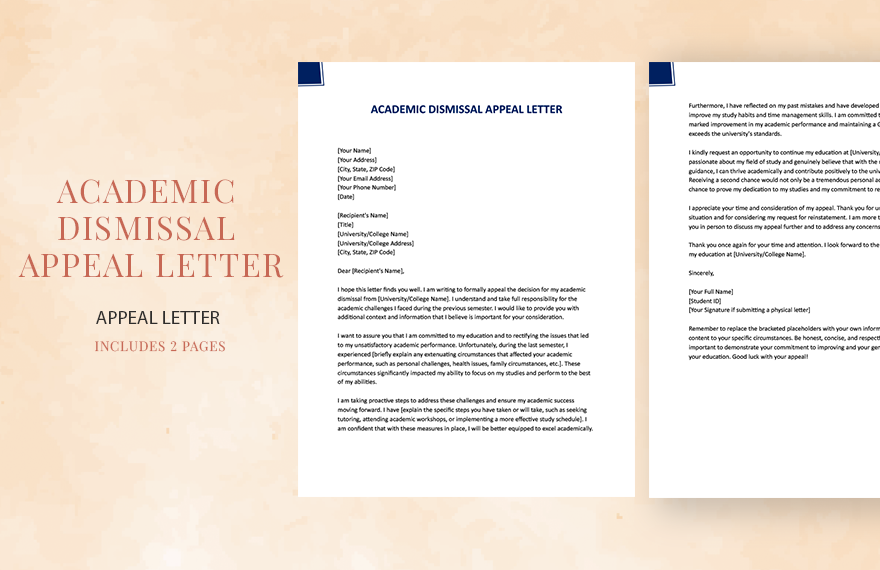Are you writing an academic letter? Maintain a formal/professional letter tone and address your matter politely. Use our easily editable Academic Letter Templates that already contain the content you need to compose and complete your task in minutes. Quickly create a suitable note with our versatile samples, which can be downloaded in a number of different file formats. These templates are shareable and printable too. Save your time by downloading one of these. Write a letter for complaints, invitations, references, and more with our 100% customizable content. Subscribe now!
How to Make an Academic Letter?
Whether you need to write a recommendation for a university or mail, creating a professional letter is appropriate when it is about academic matters. In fact, as mentioned by thoughtco.com, there’s a diverse number of uses that a letter can be made for, both for casual and professional purposes.
Are you wondering how you can write a letter for academic matters? If that’s the case, continue reading
1. Apply a General Format
A letter that’s meant for academic use should be properly put together. So, before drafting your content, you should choose a word processing program to write in--MS Word, Google Docs, etc. After booting up your desired program, open a fresh document, and set the page size to your region’s standard. Next, around the page’s border, set a margin that’s 1 inch in length. And be sure to set the layout to portrait format if it’s not already by default.
2. Add Title and Receiver’s Details
Your academic document needs a simple yet proper title to signify its purpose or topic; align this part to the center of the page and give it a larger font. Next, enter the date of writing the letter, aligning it to the left side. And then, go down two spaces before inputting the name of your letter’s recipient; include their address next, below. If you’re writing to a company rather than a specific person, then use the company’s name instead.
3. Composing Main Message
For the actual content of your page, start off with a suitable salutation. Use “Dear Mr/Ms [NAME],” or another suitable option for your academic note; if your letter isn’t addressed to anyone specifically, then write down “To whom it may concern,” instead.
Moving on, use the first line/paragraph of your dialog as an introduction, briefly explaining the purpose of your letter. And, when it comes to said dialog, make sure that to keep lengthy content organized by utilizing subheaders.
4. Closing Segment
Have you completed your dialog yet? Before finishing up your letter, end your writing with a closing remark--this can be a grateful statement, a reply request, or other comments relevant to your academic topic. Lastly, for the valediction, you can use either “Regards,” or “Sincerely,” as your go-to for a formal/business letter. After that, input your name 4 spaces below; use the empty space for your signature (or email signature).
Also, if you need academic samples for promotions, petitions, applications, and more, then you’ll surely be interested in our Academic Letter Templates!
